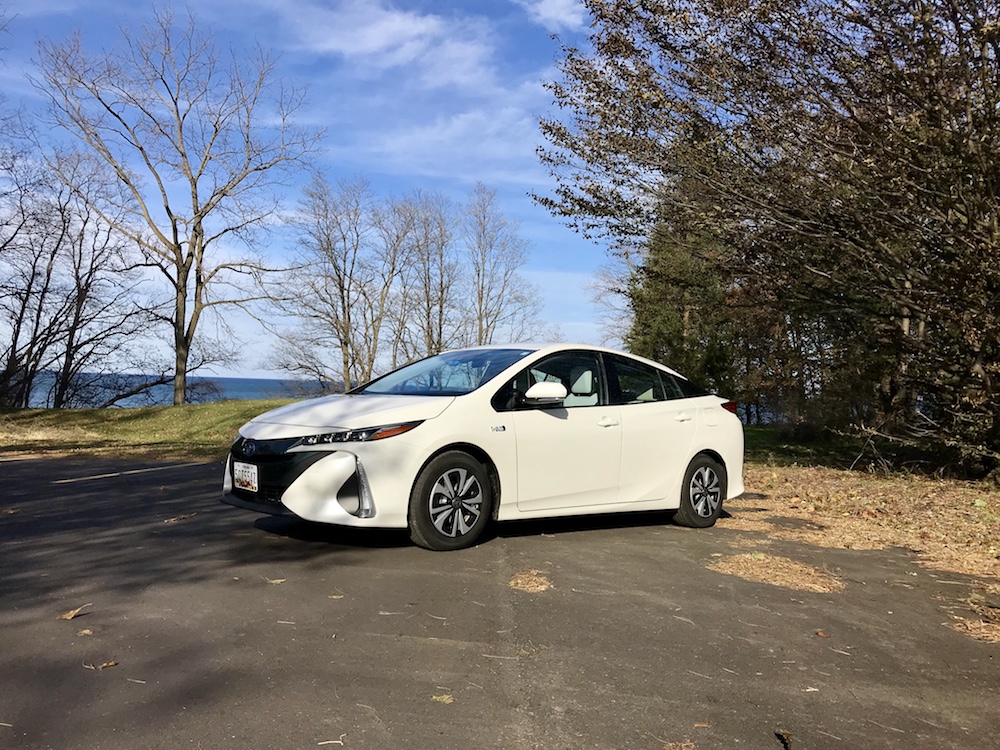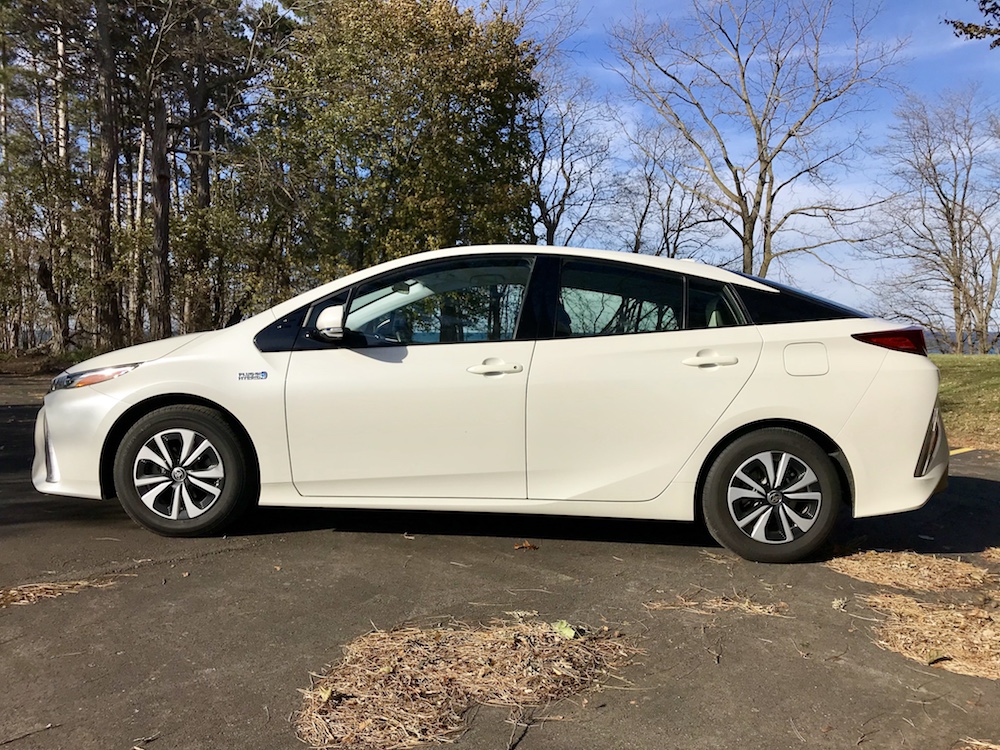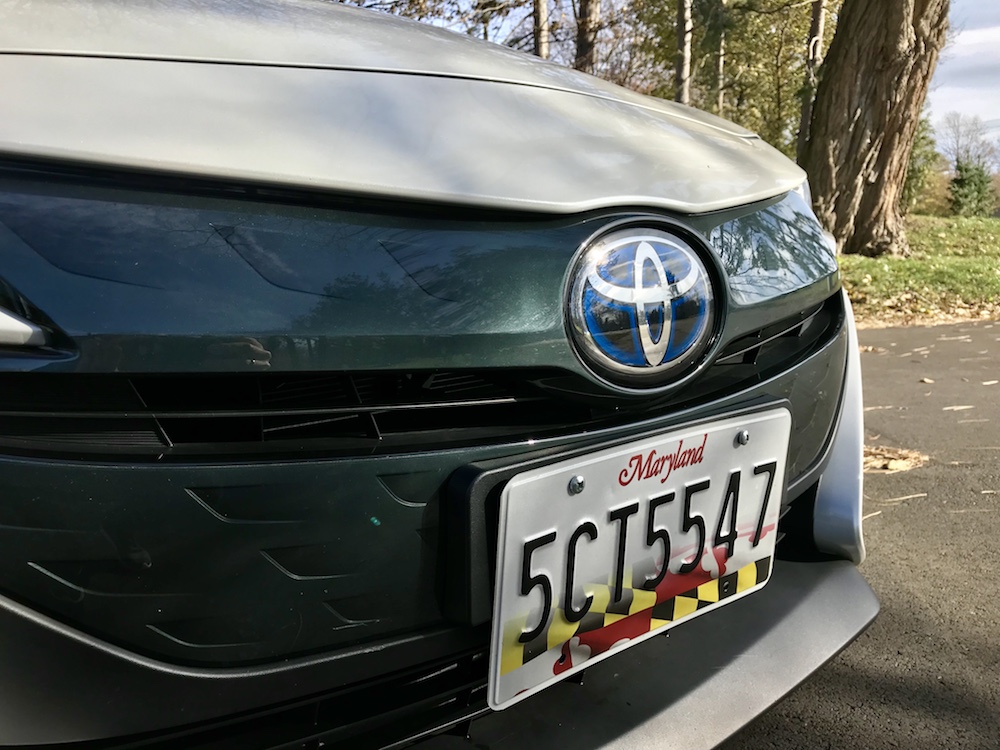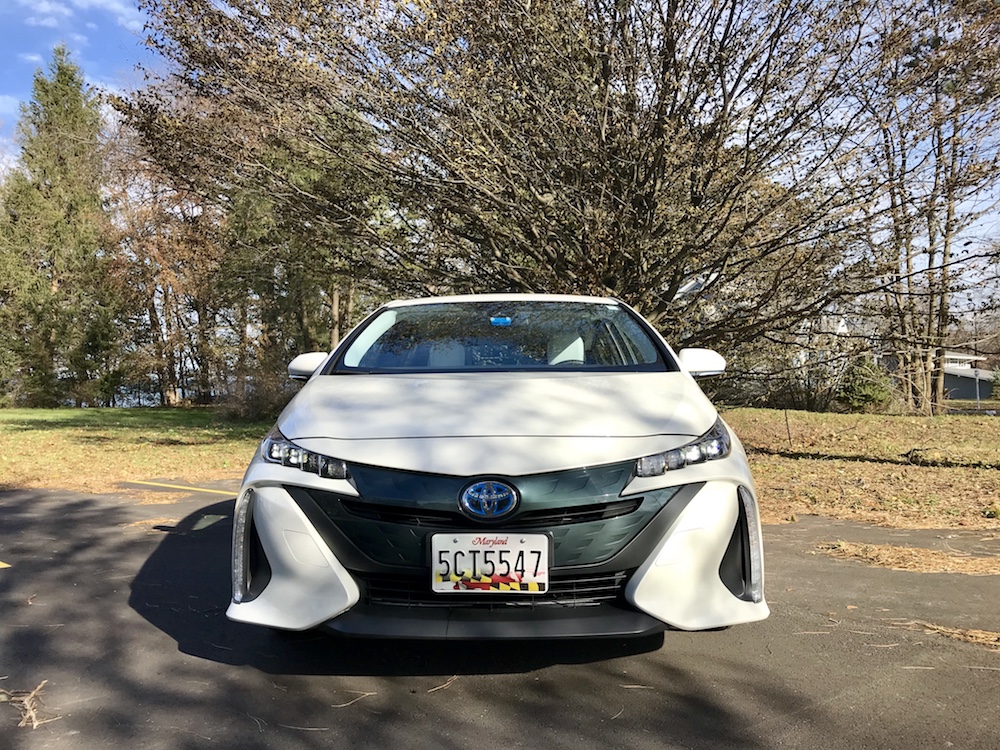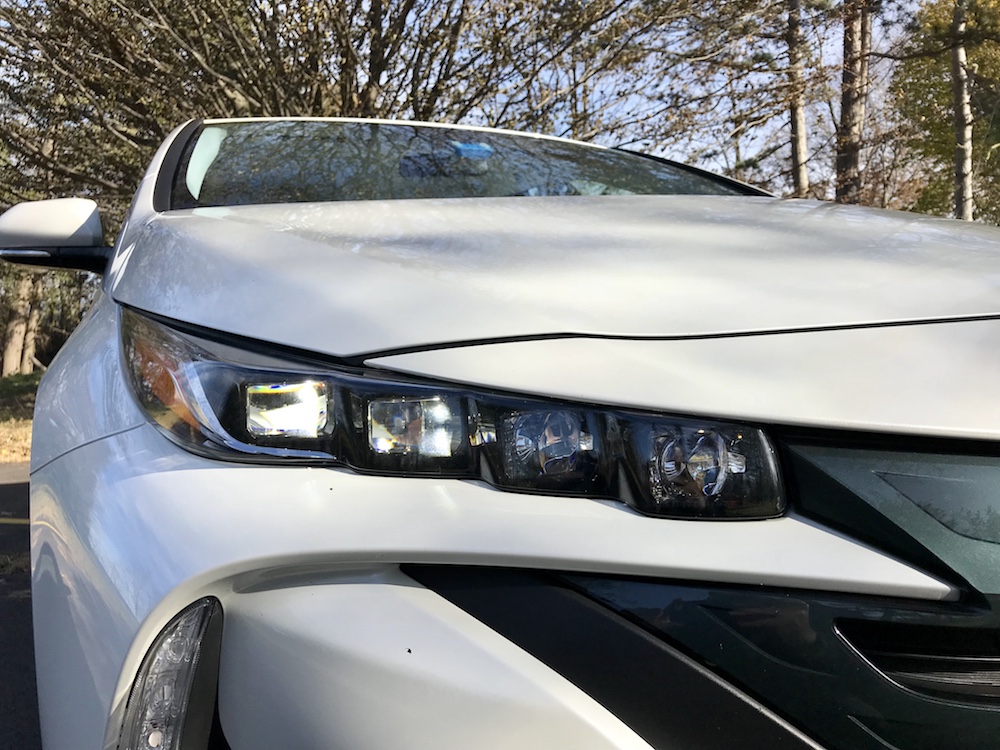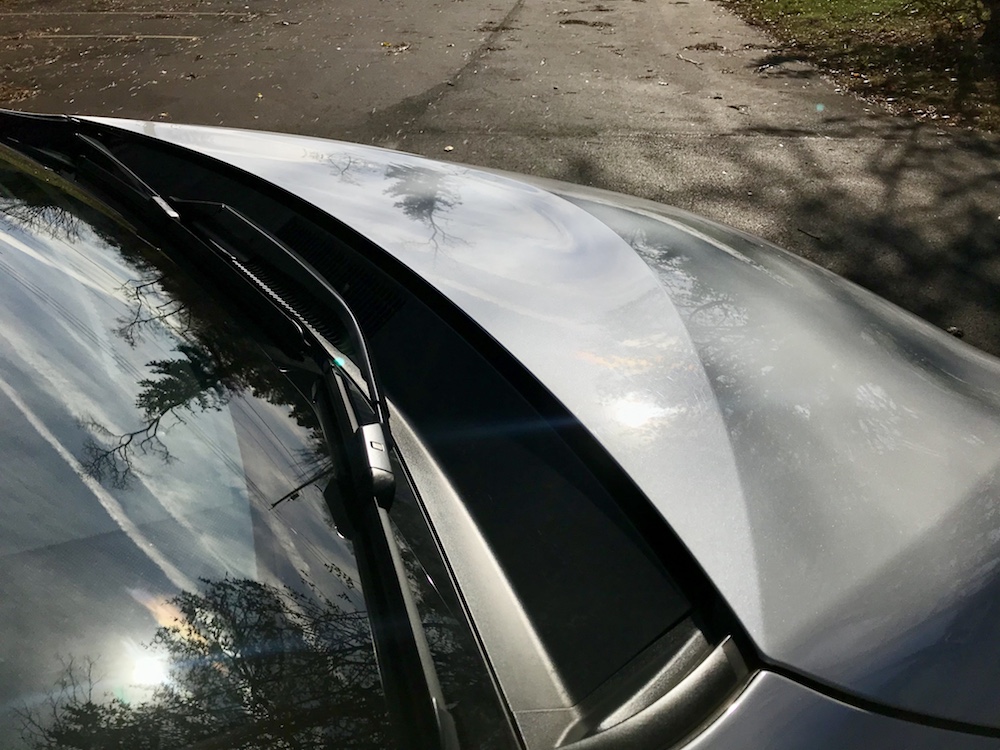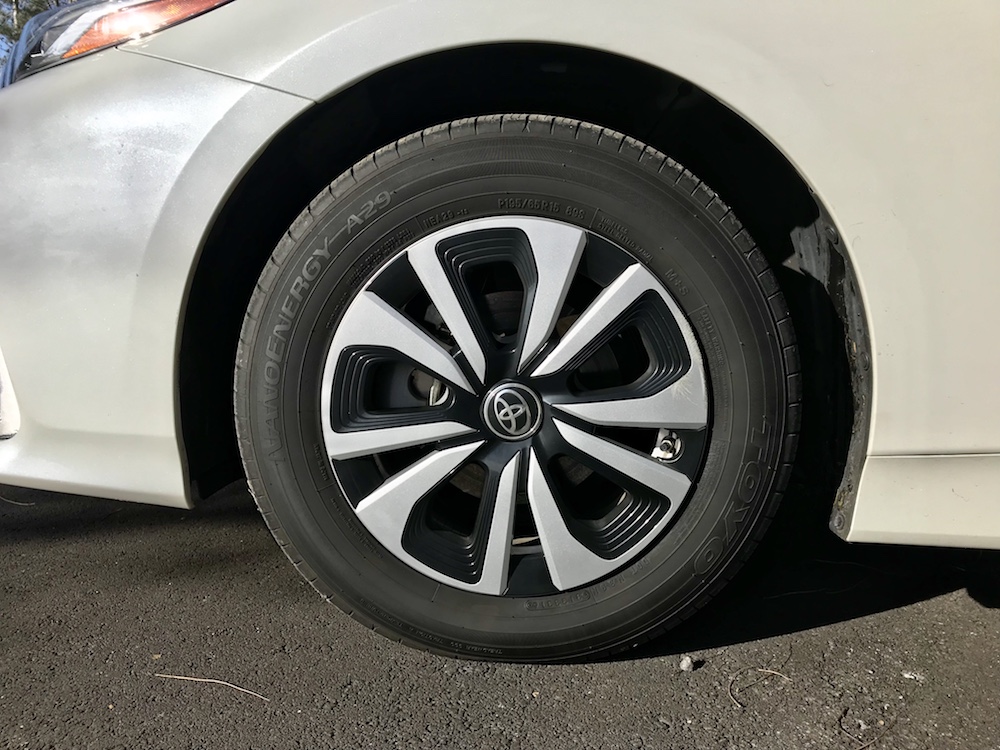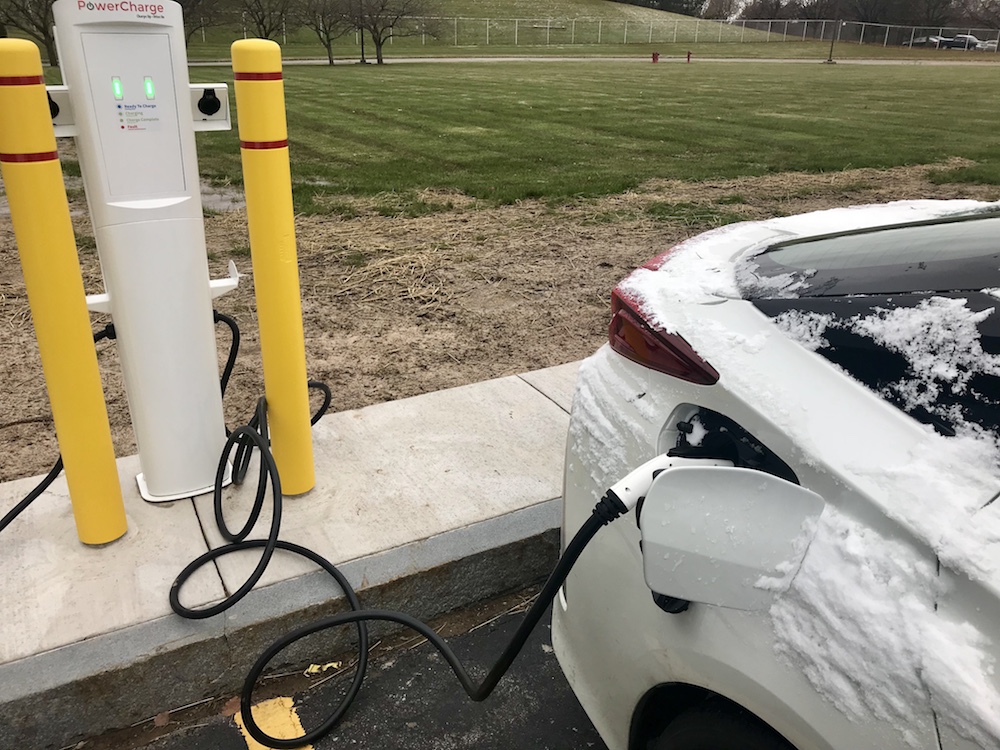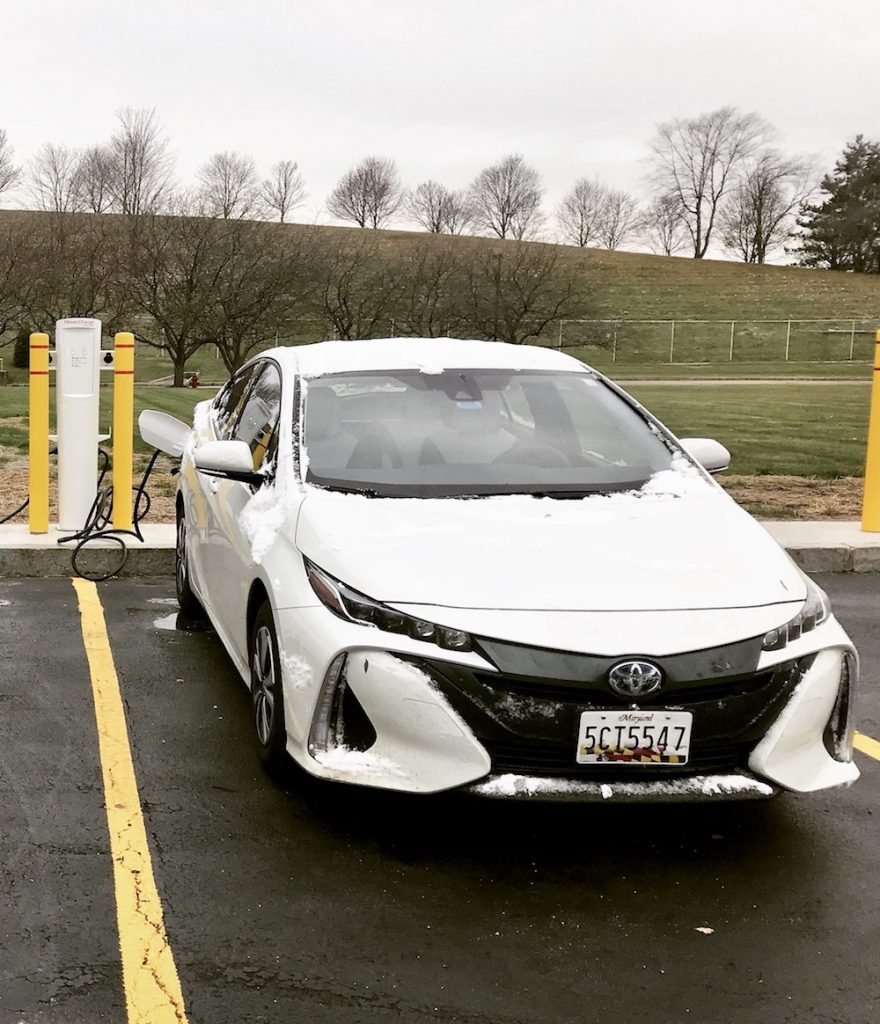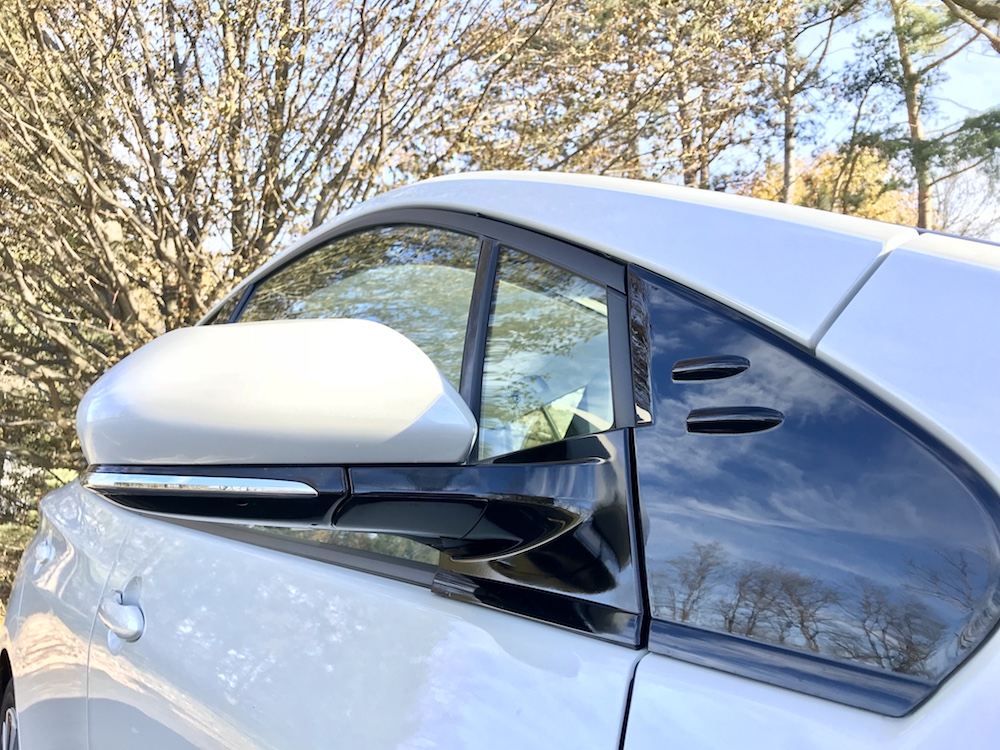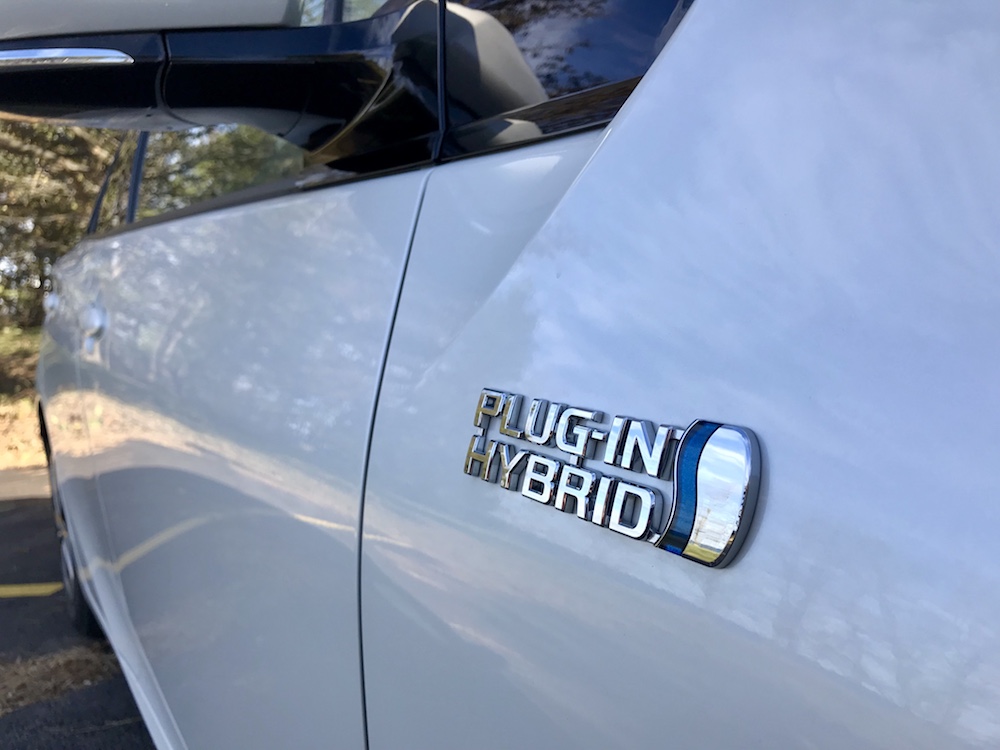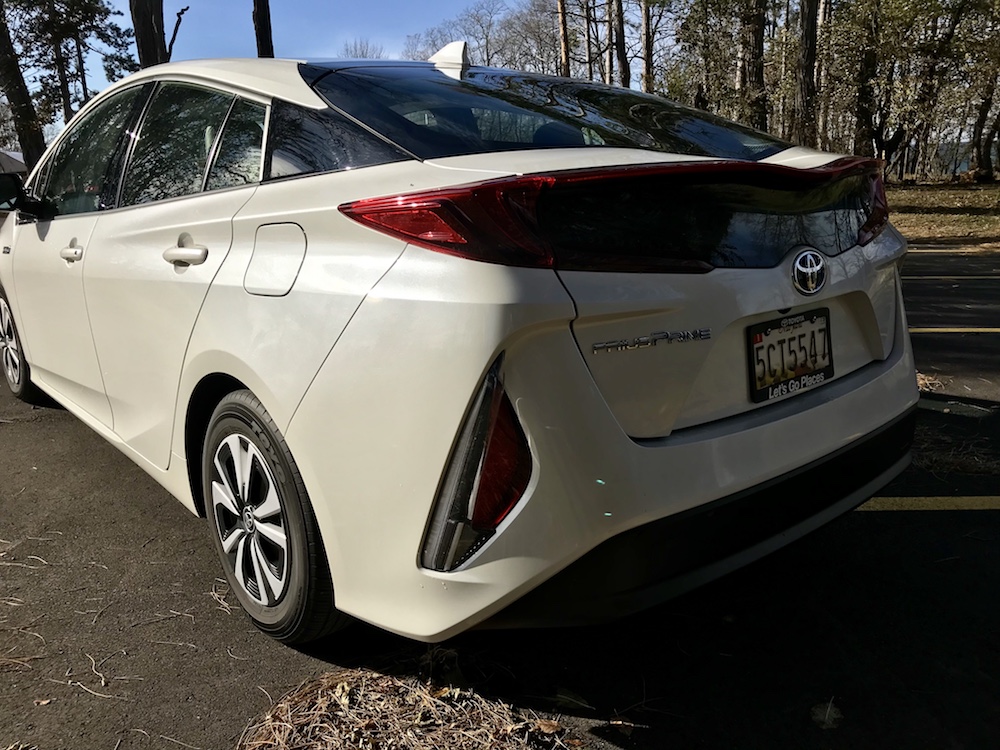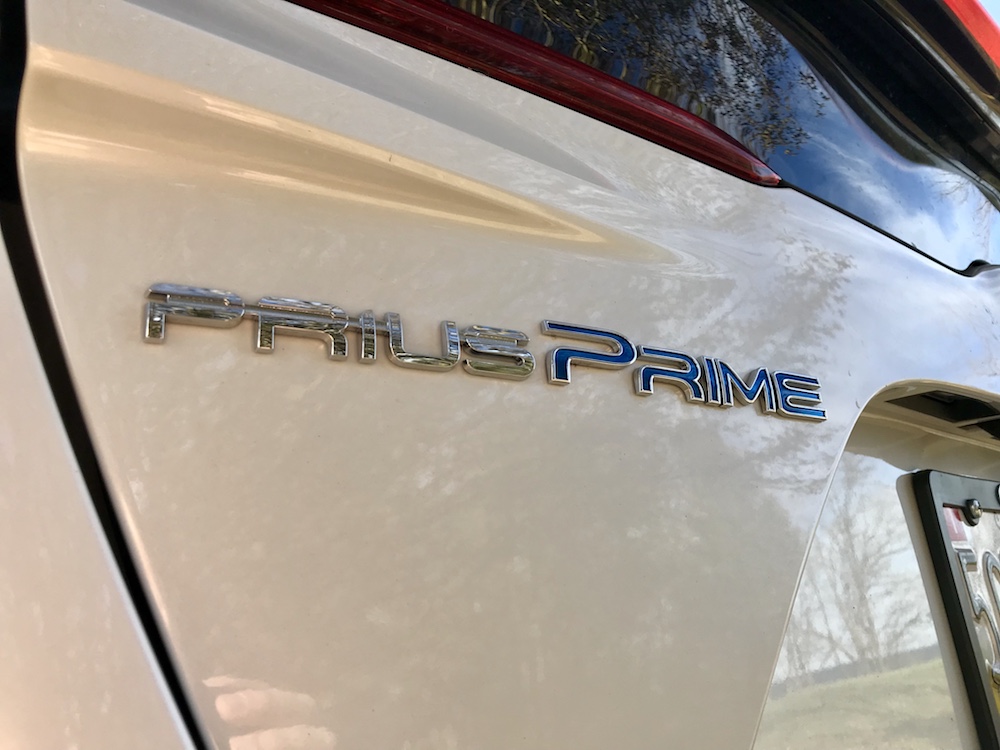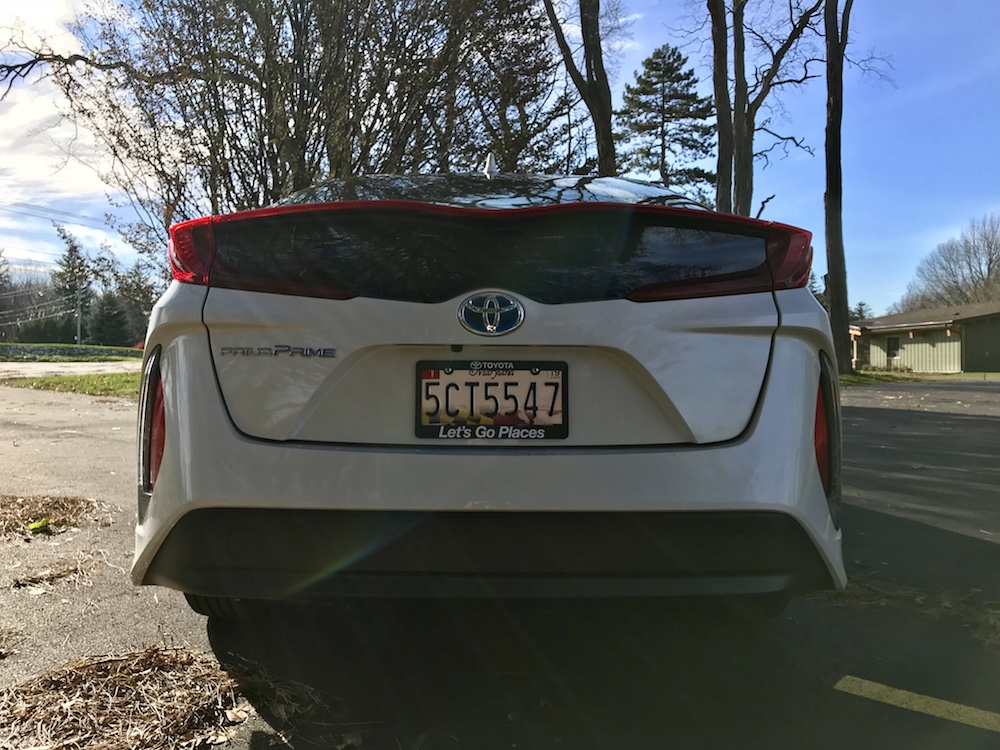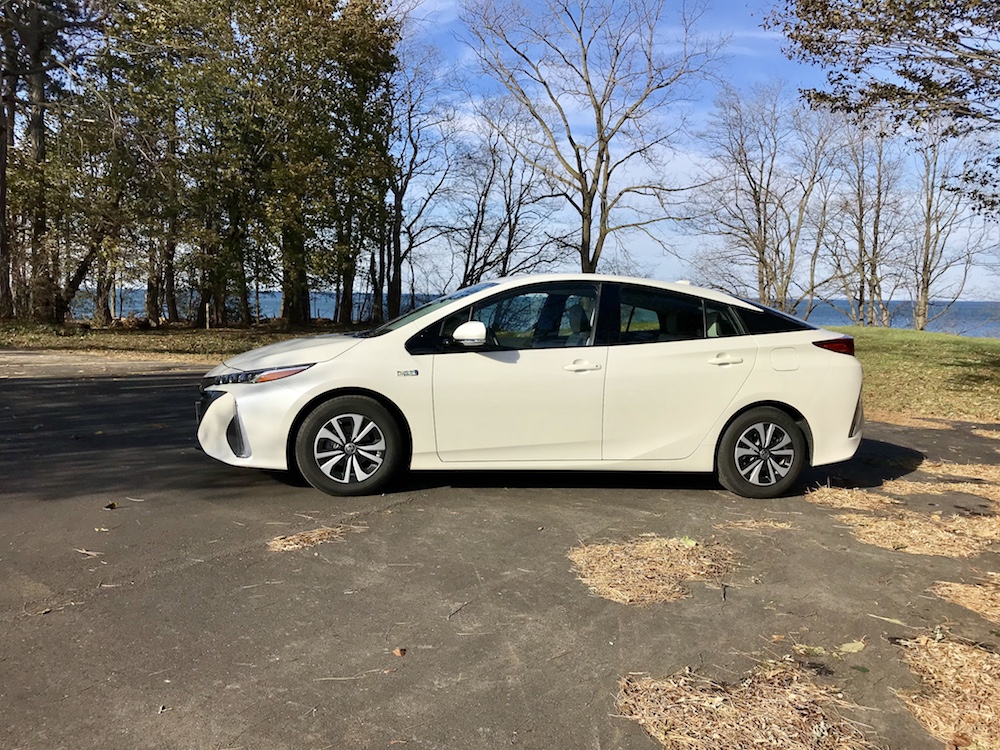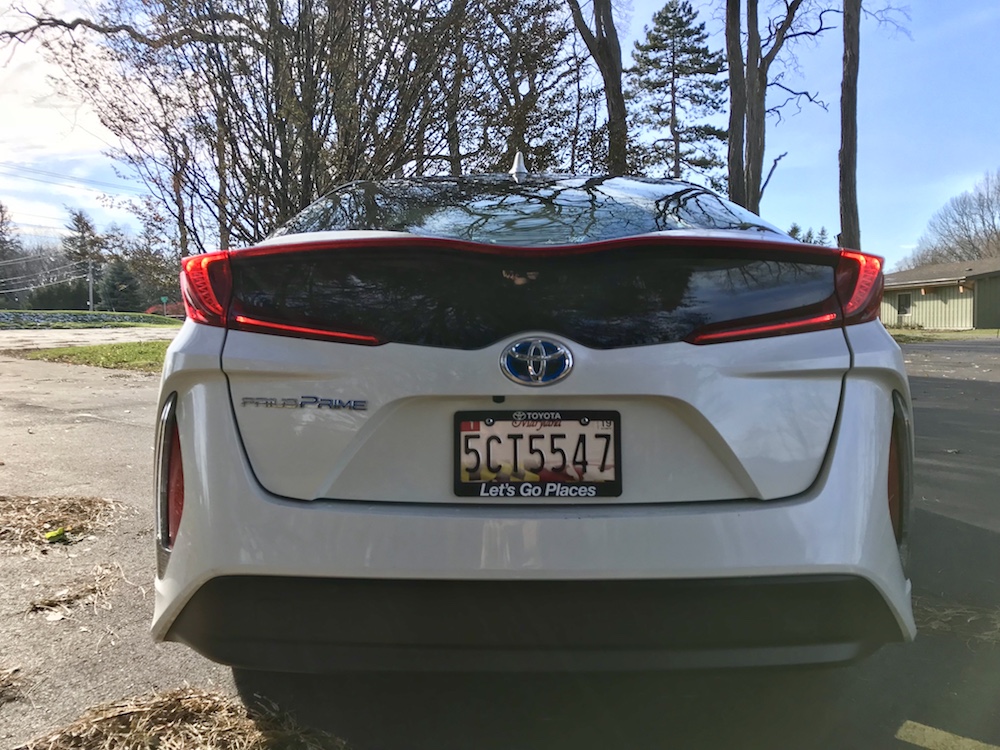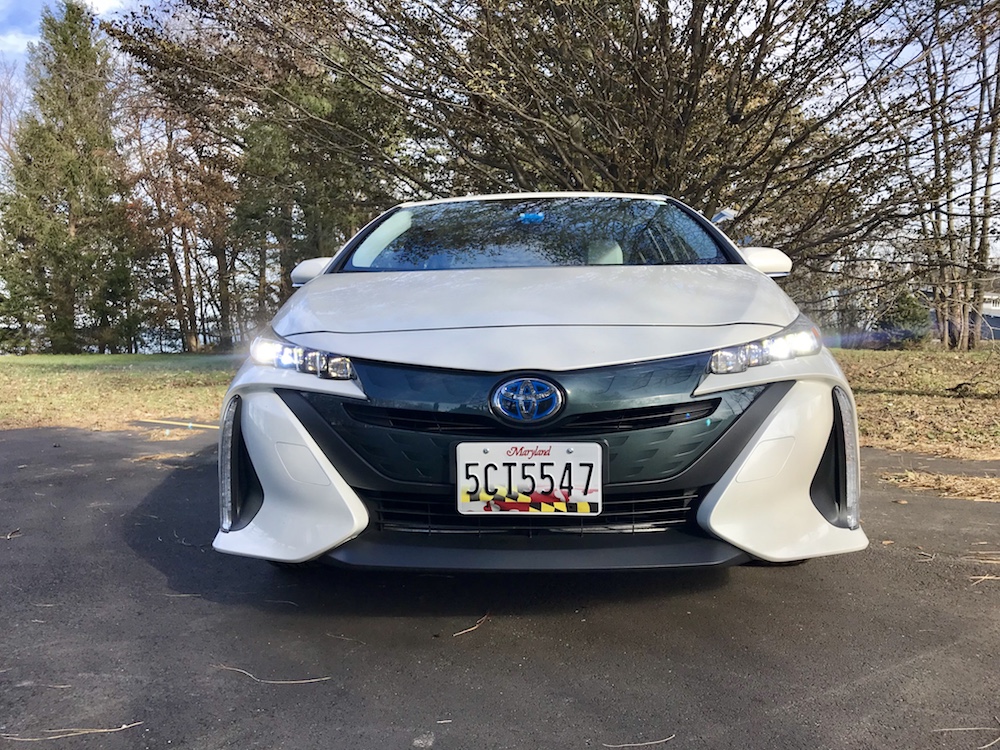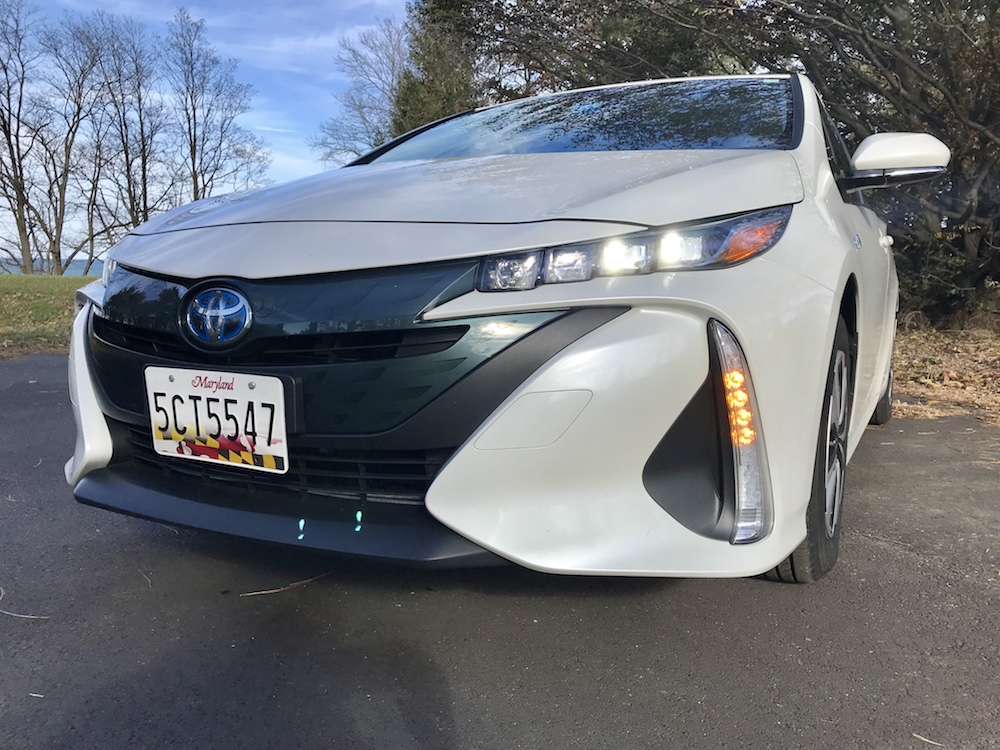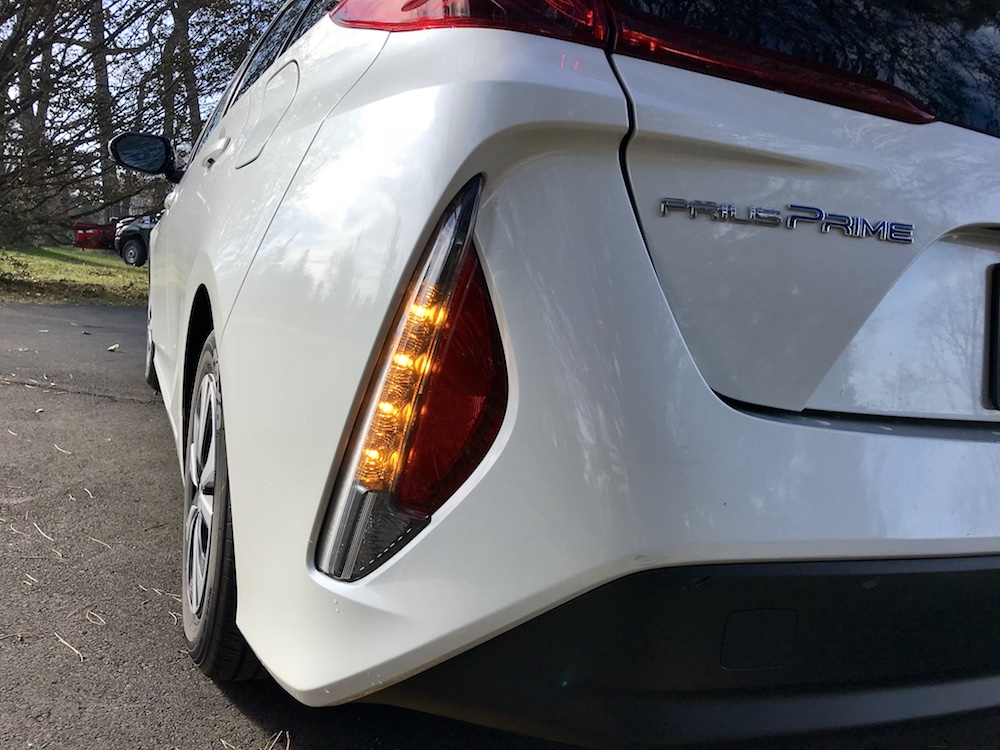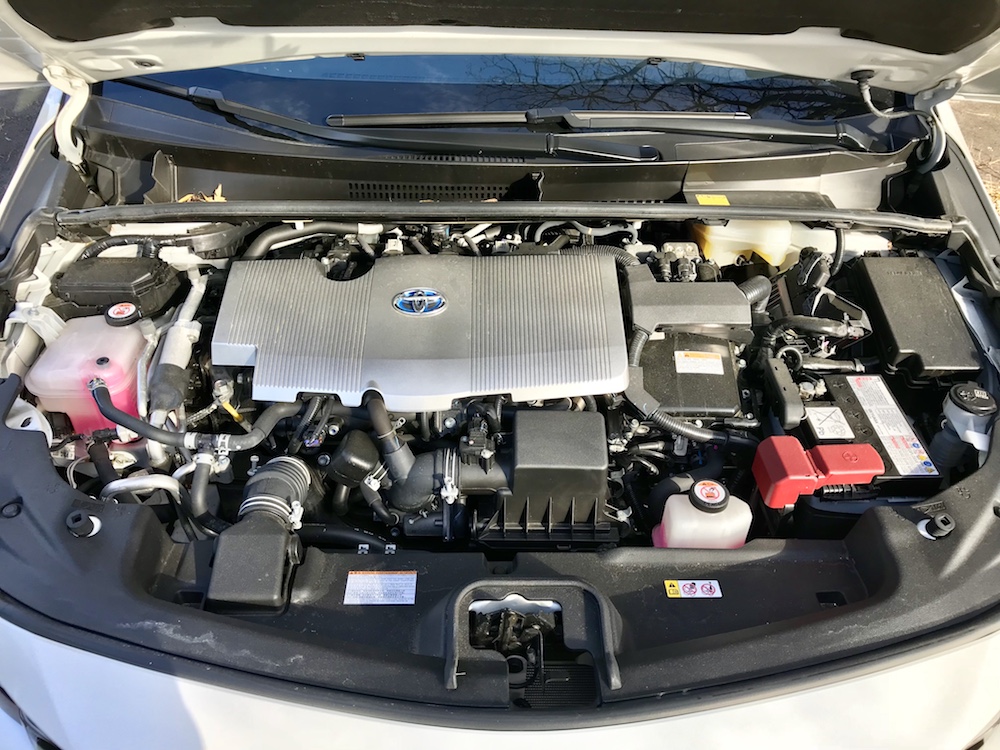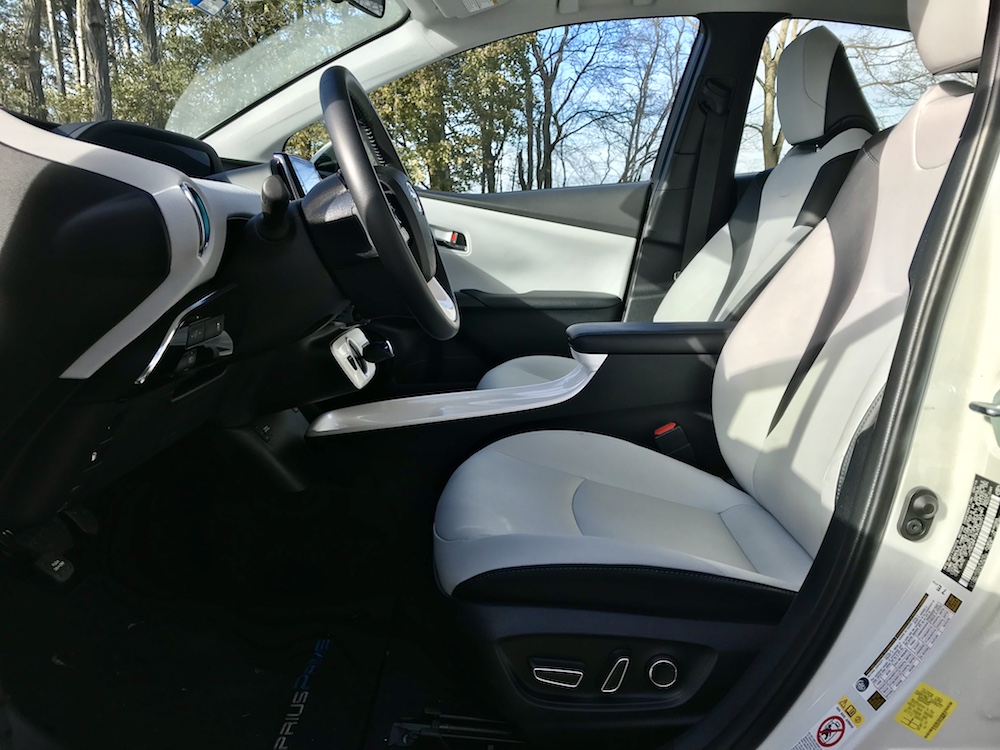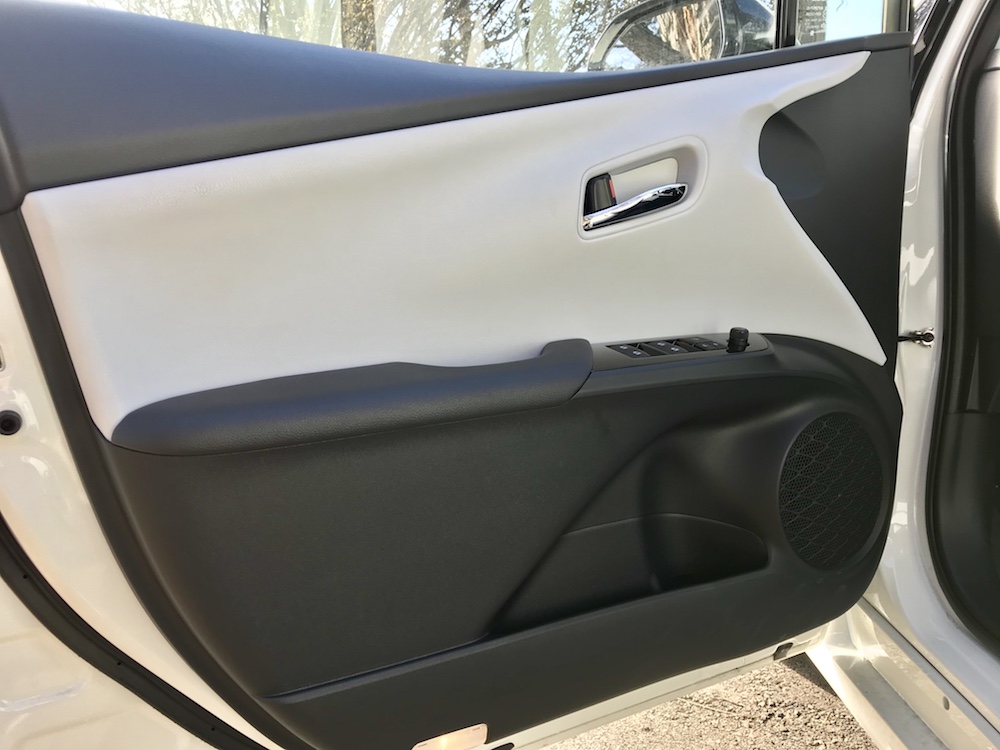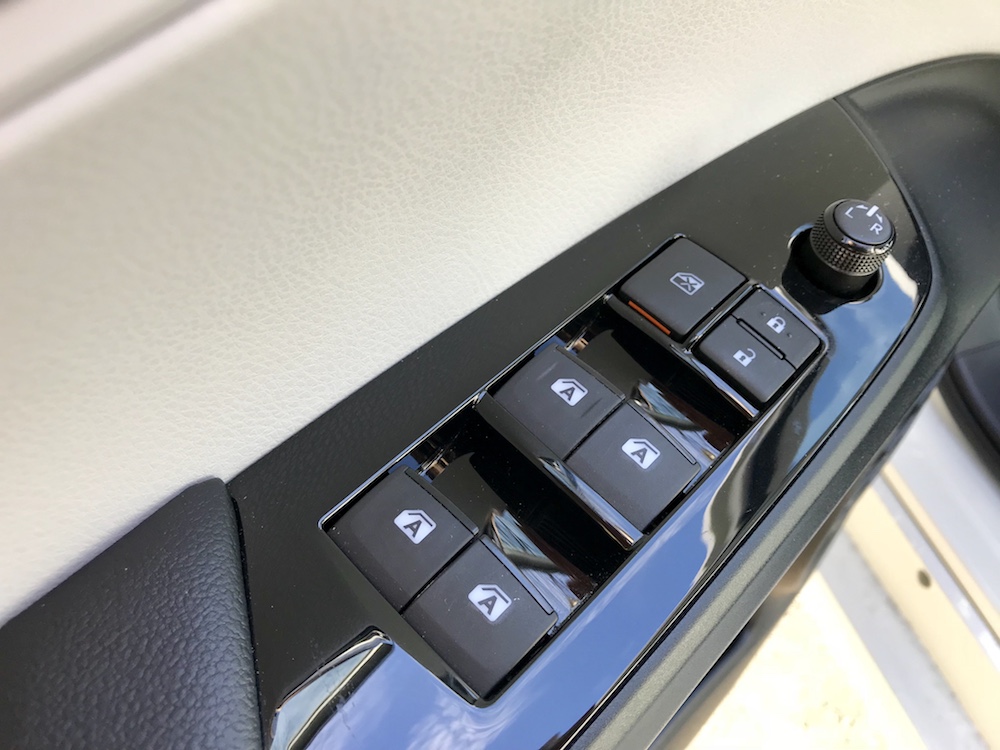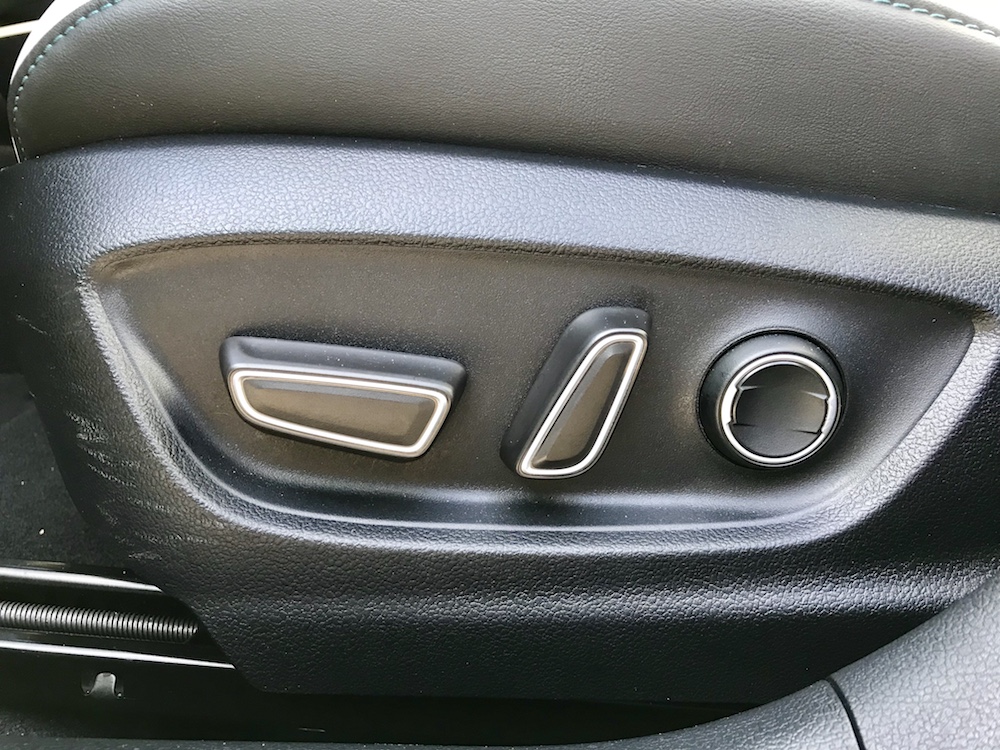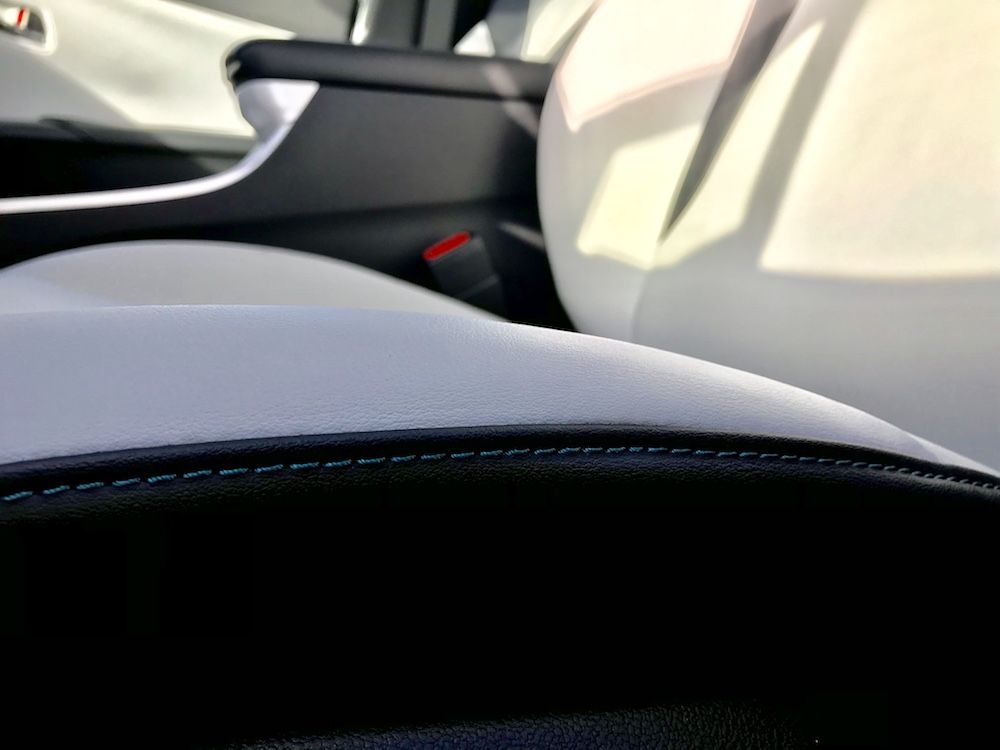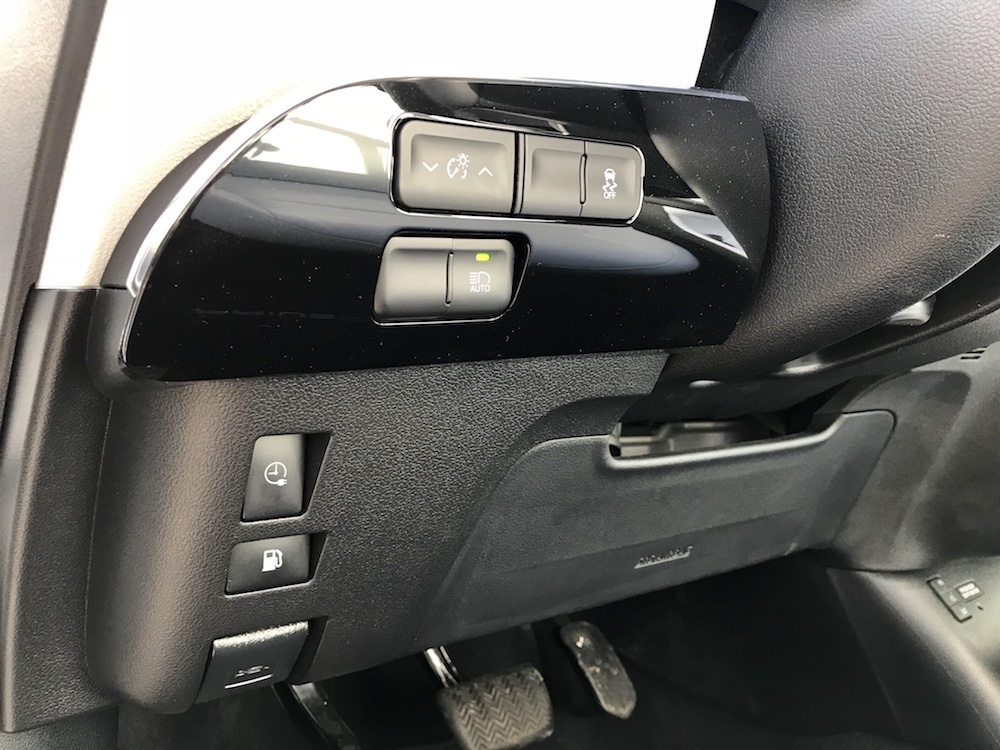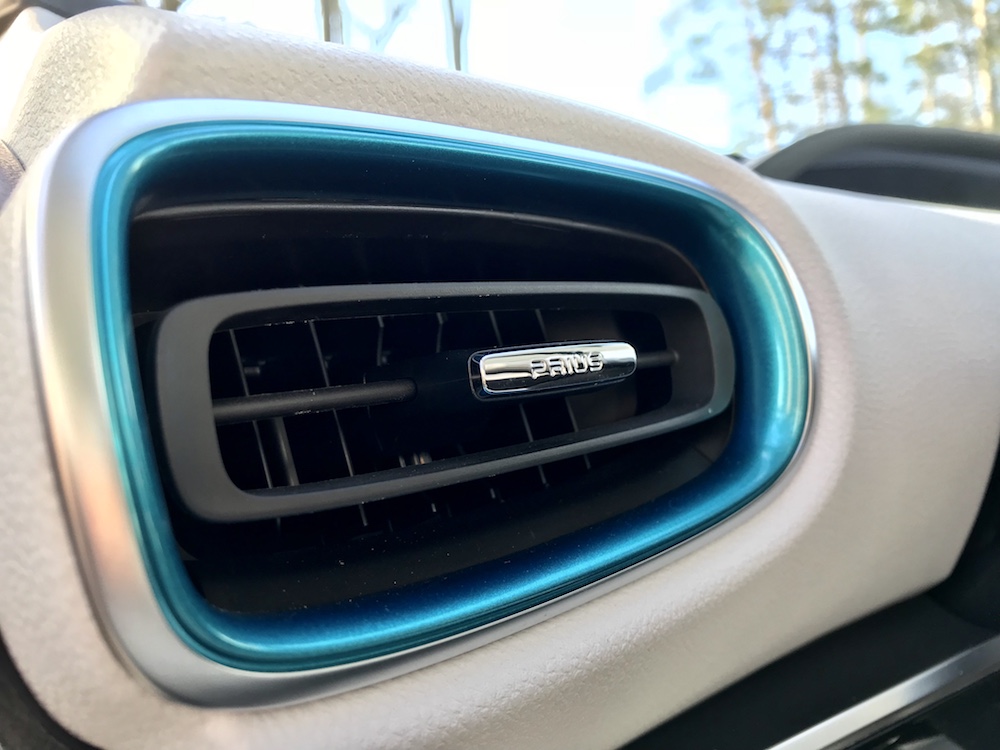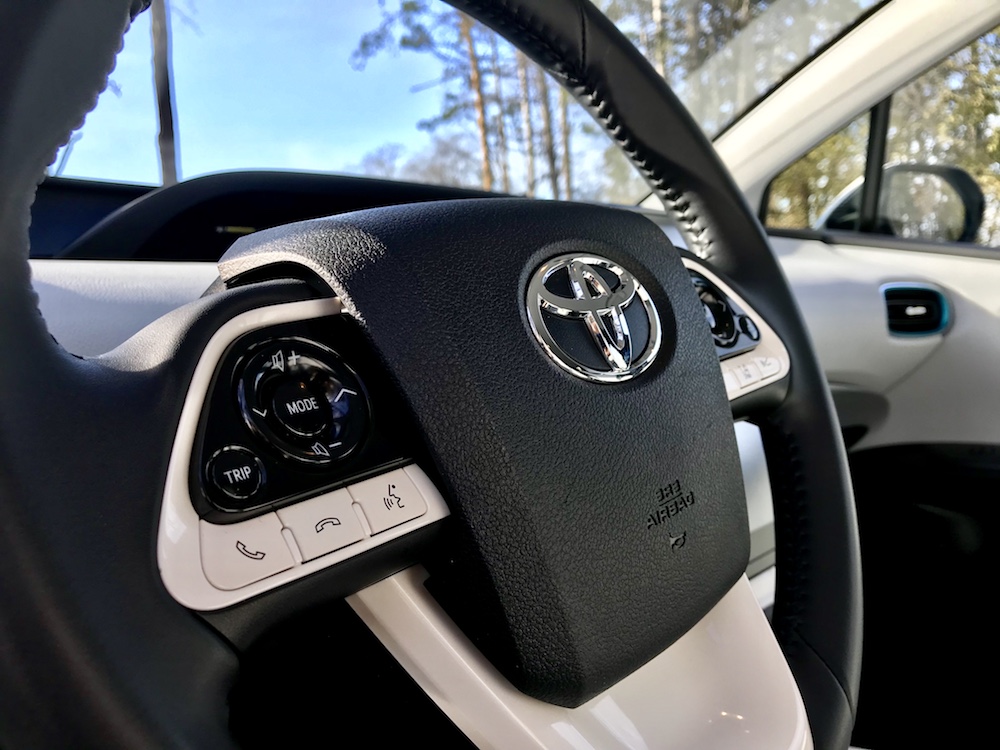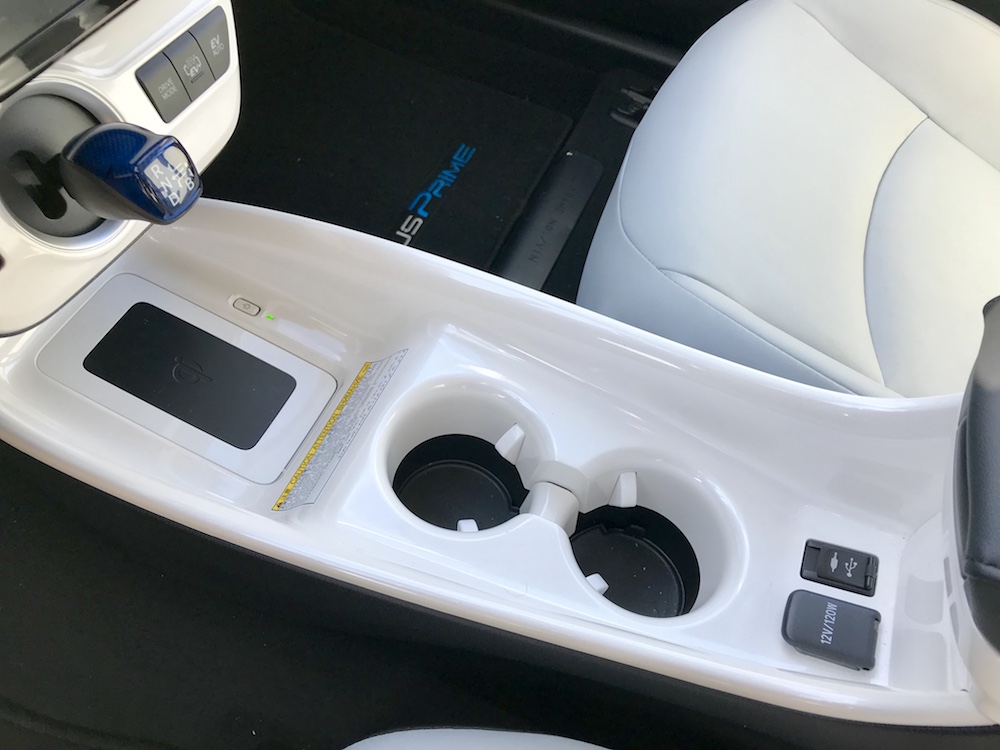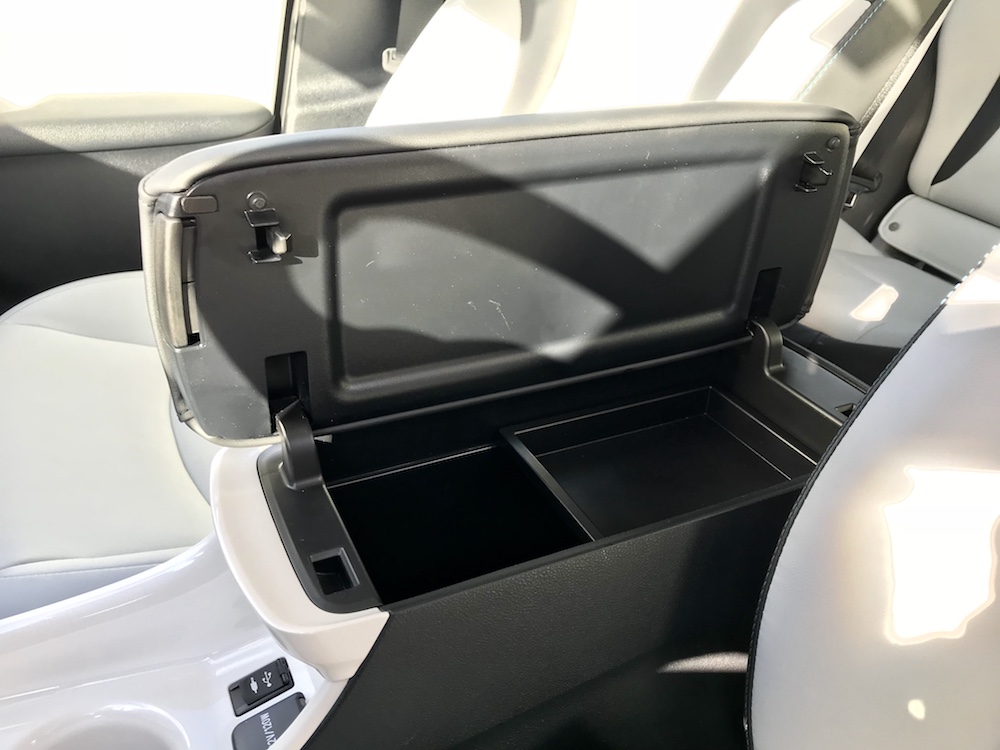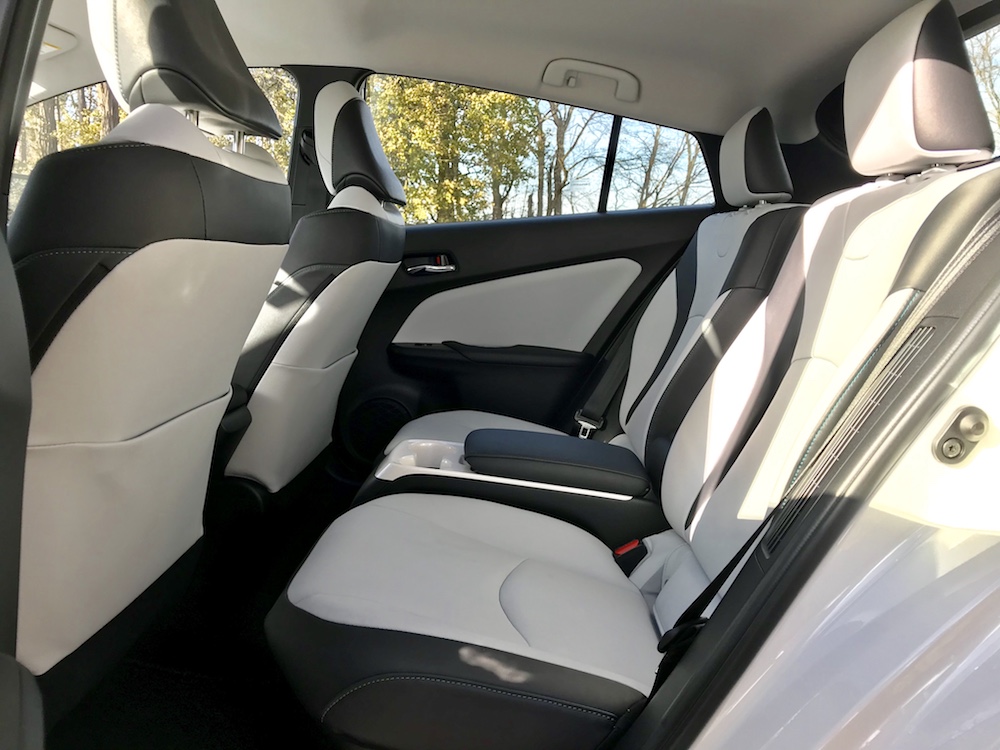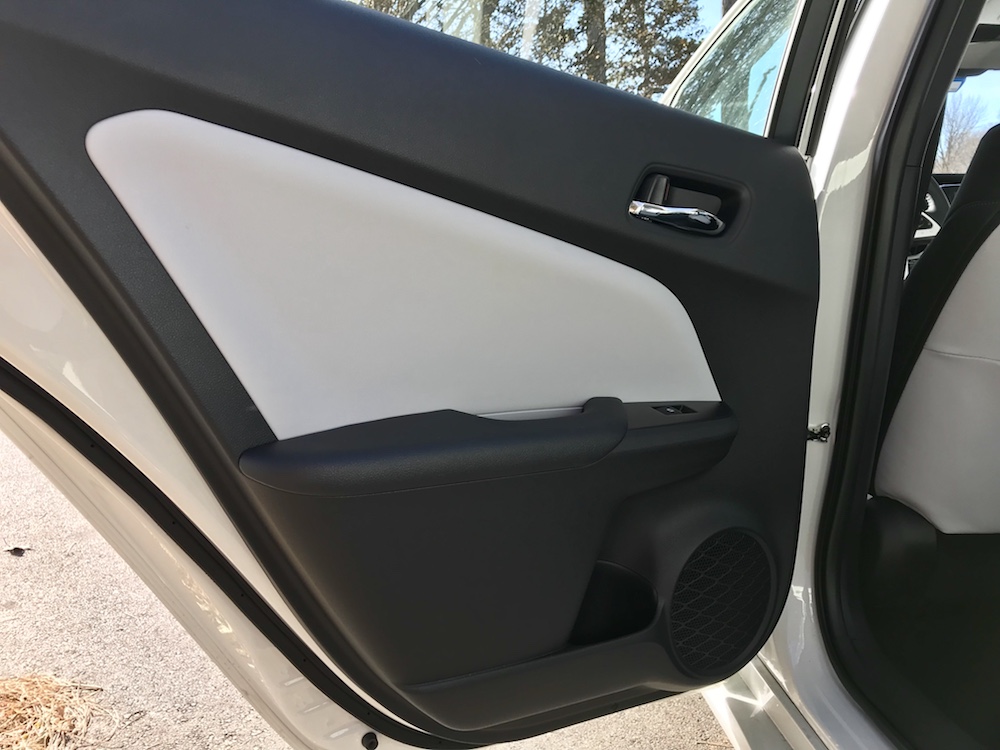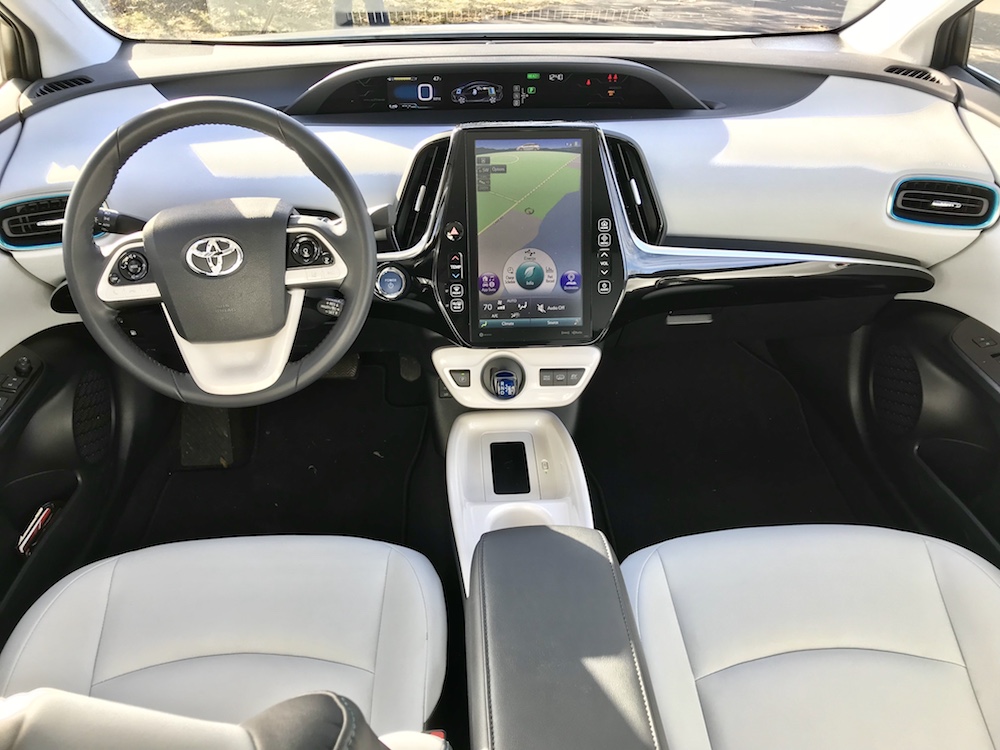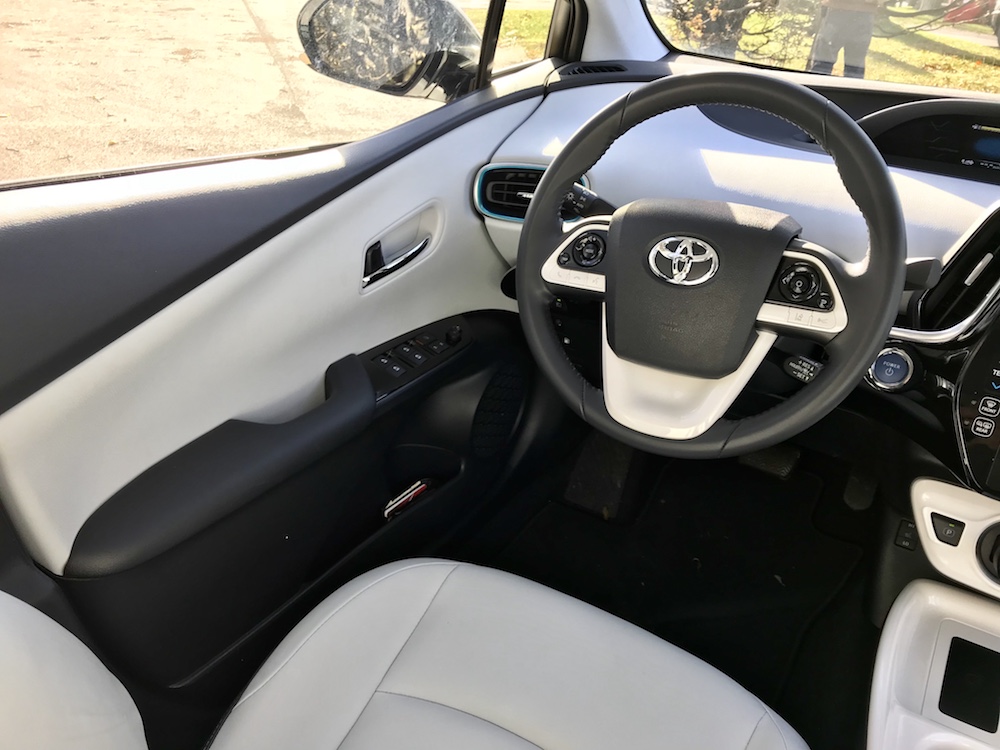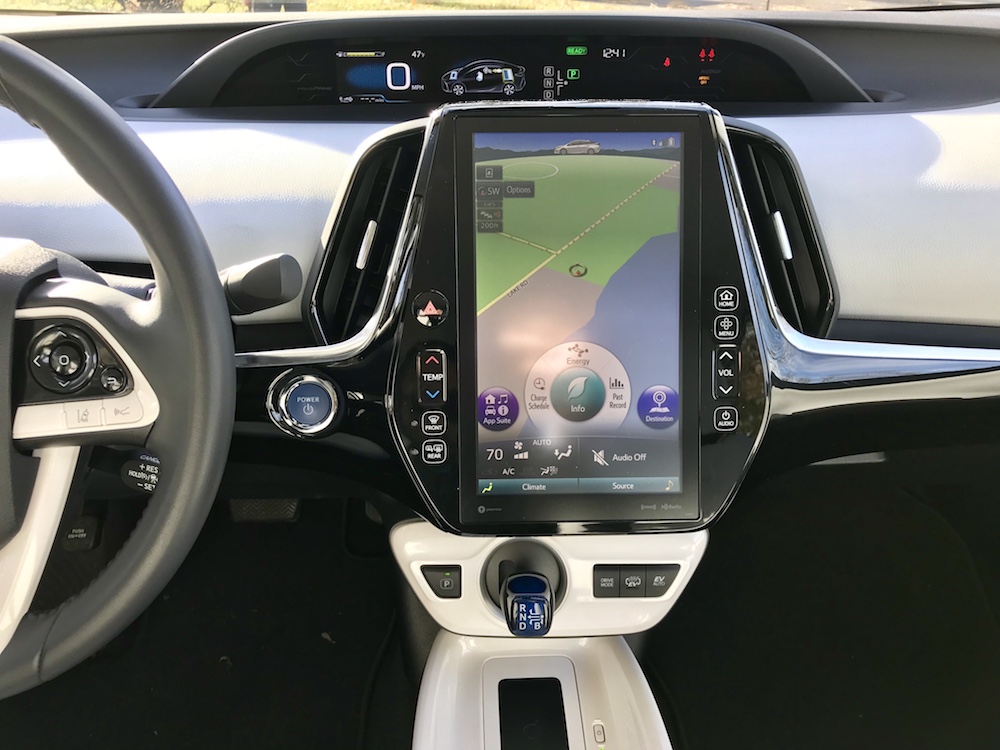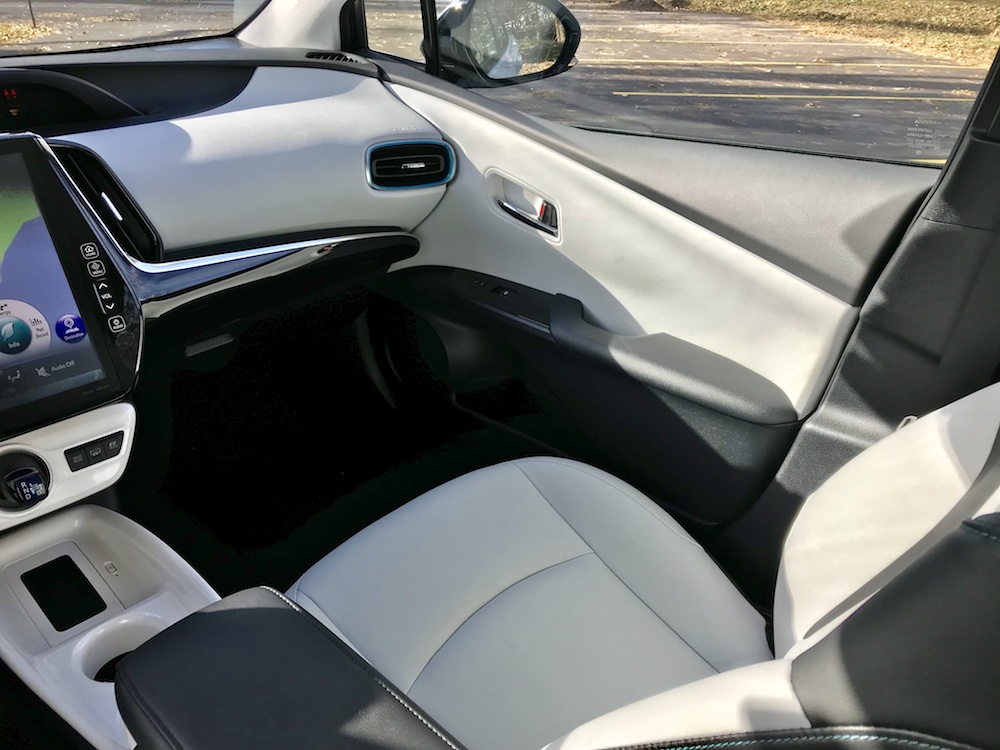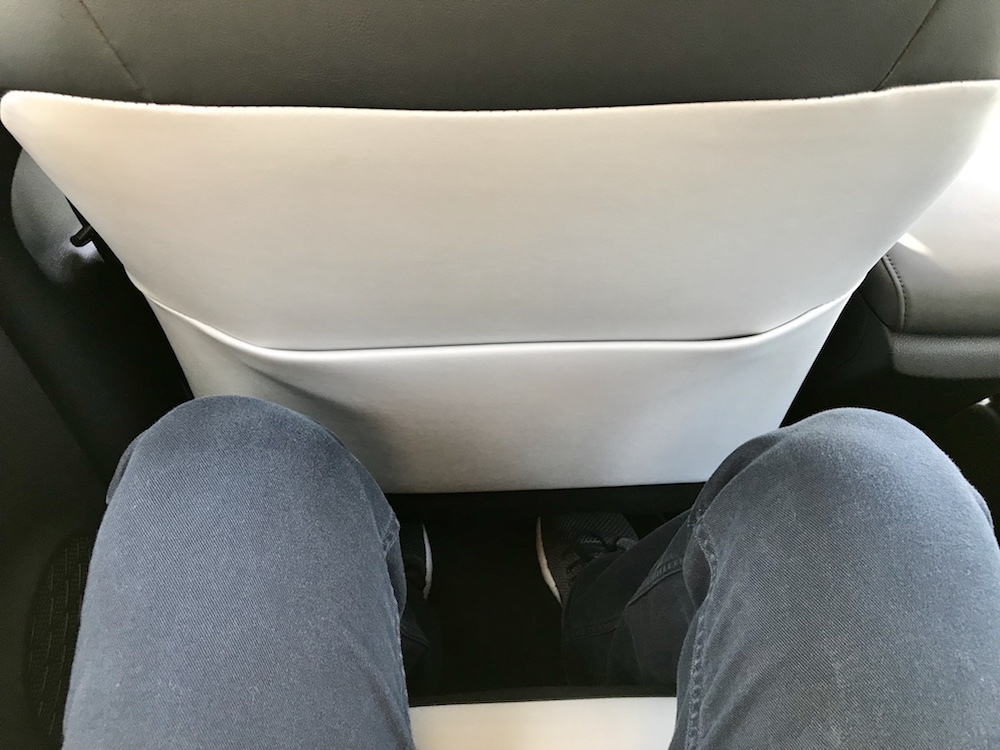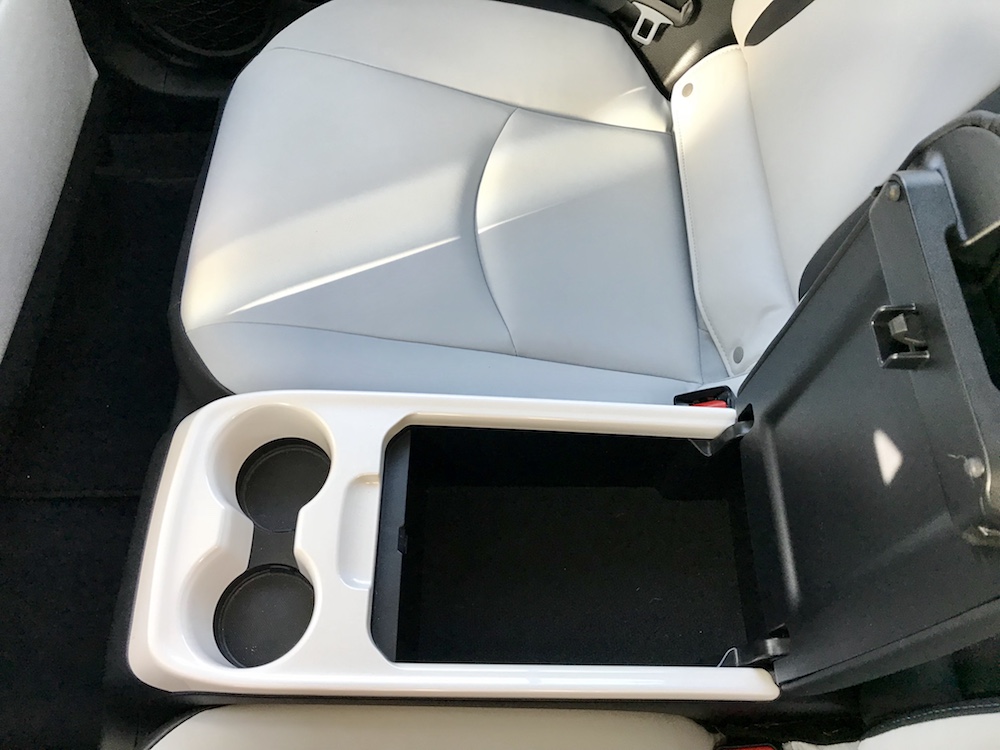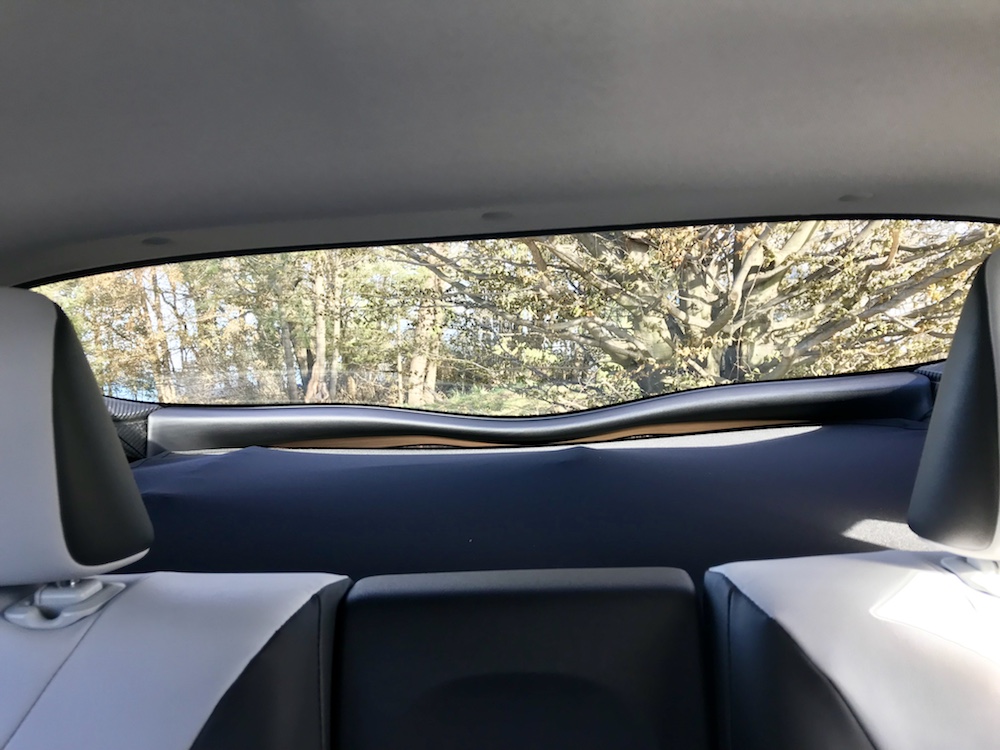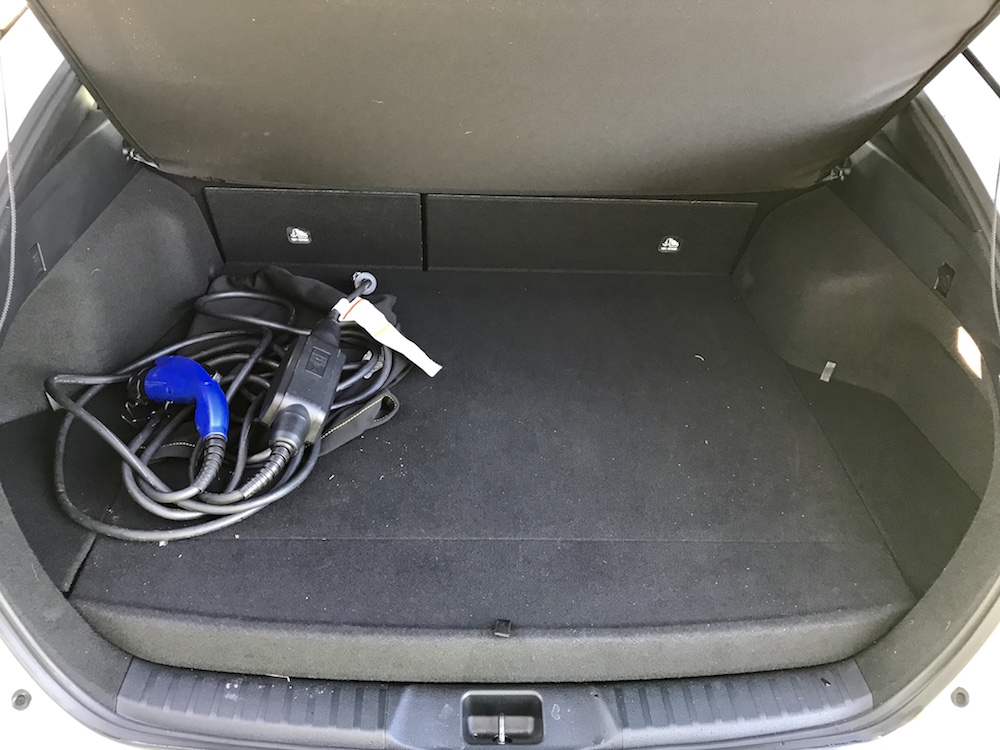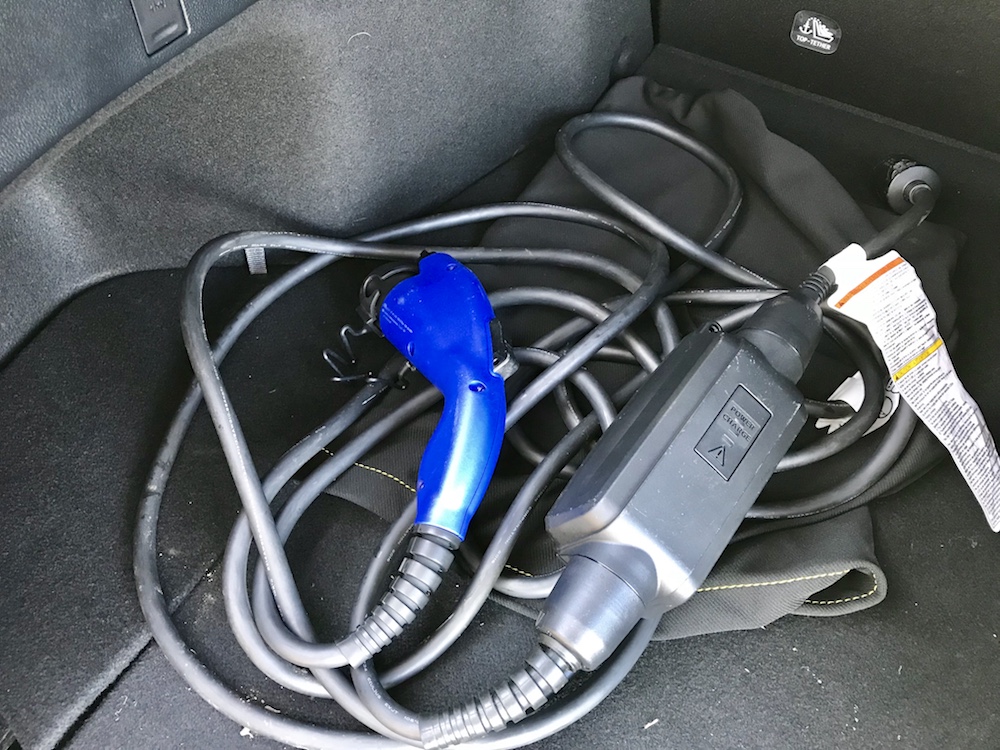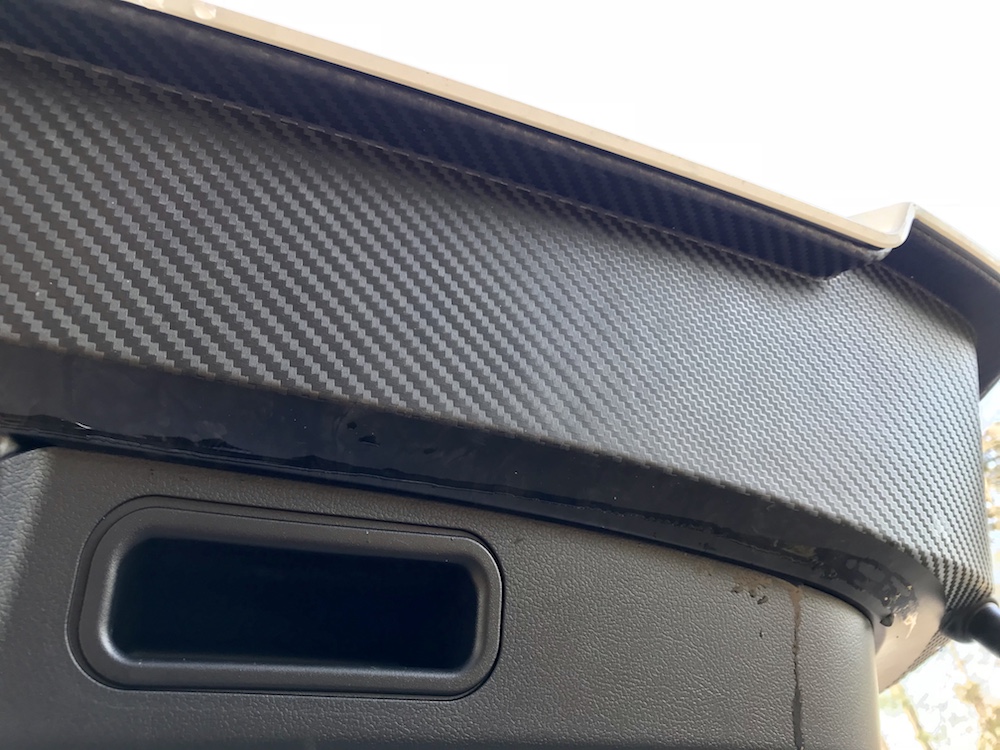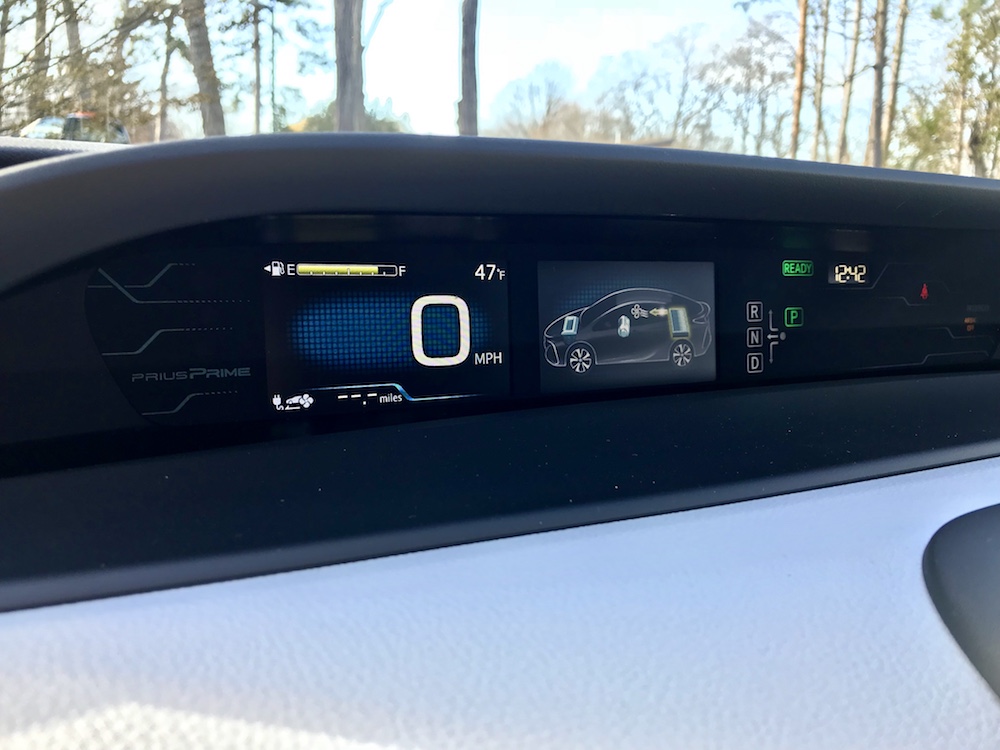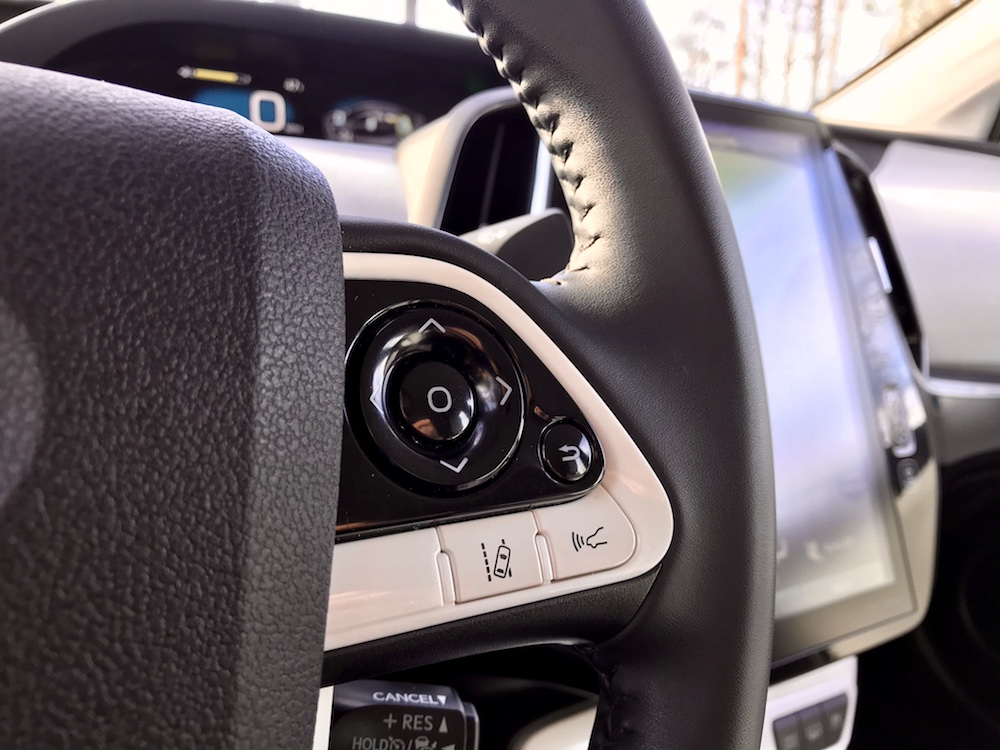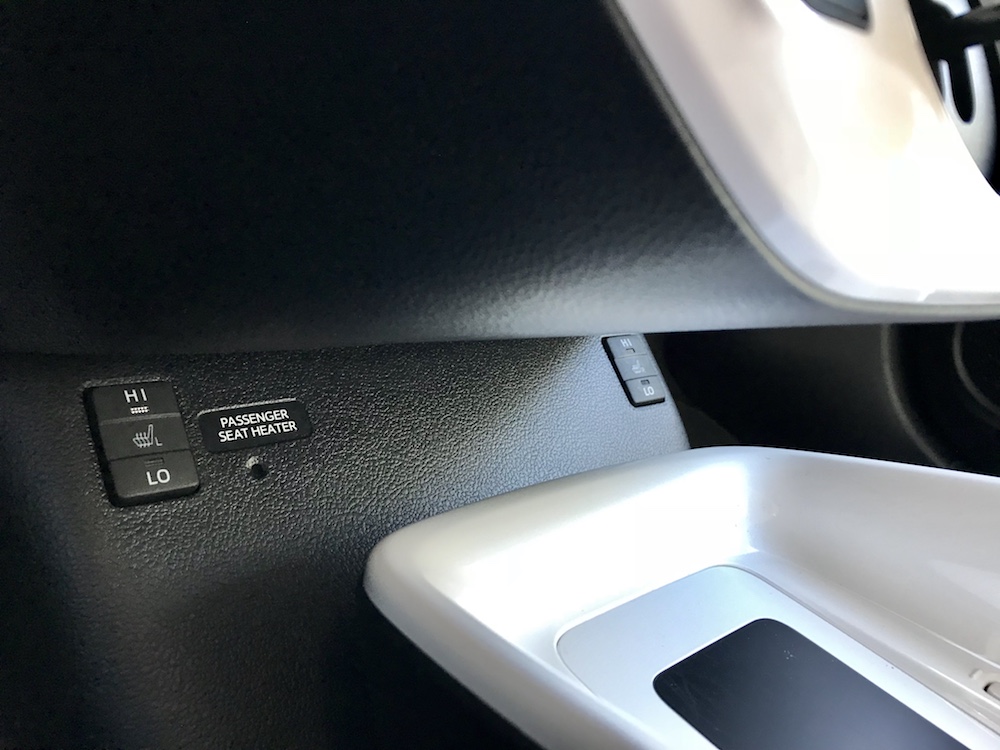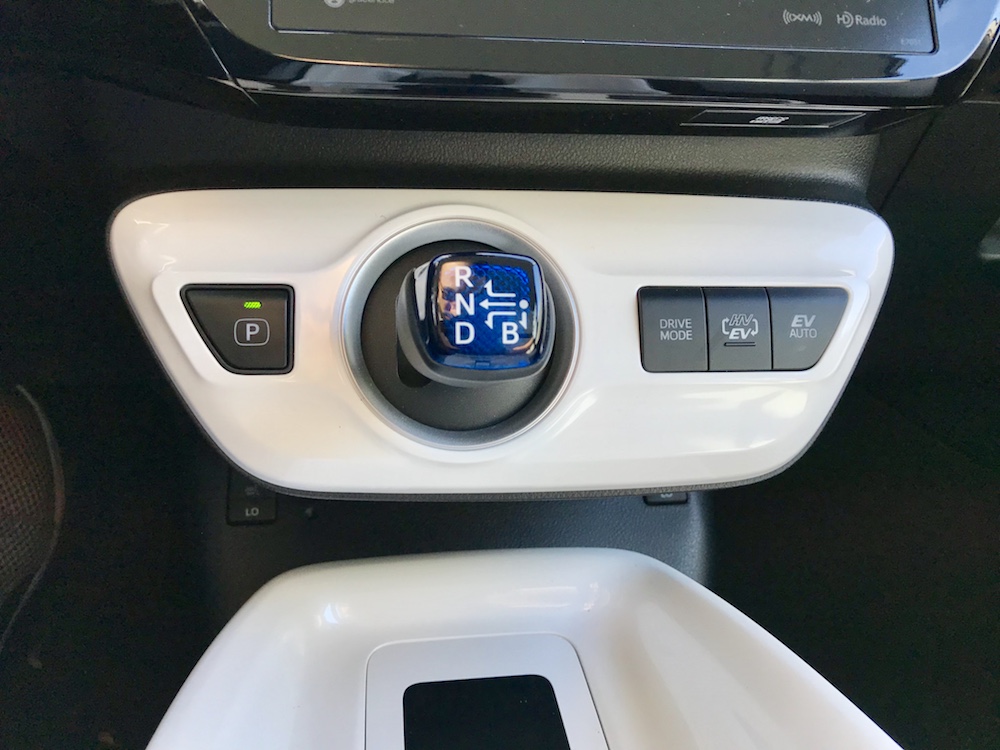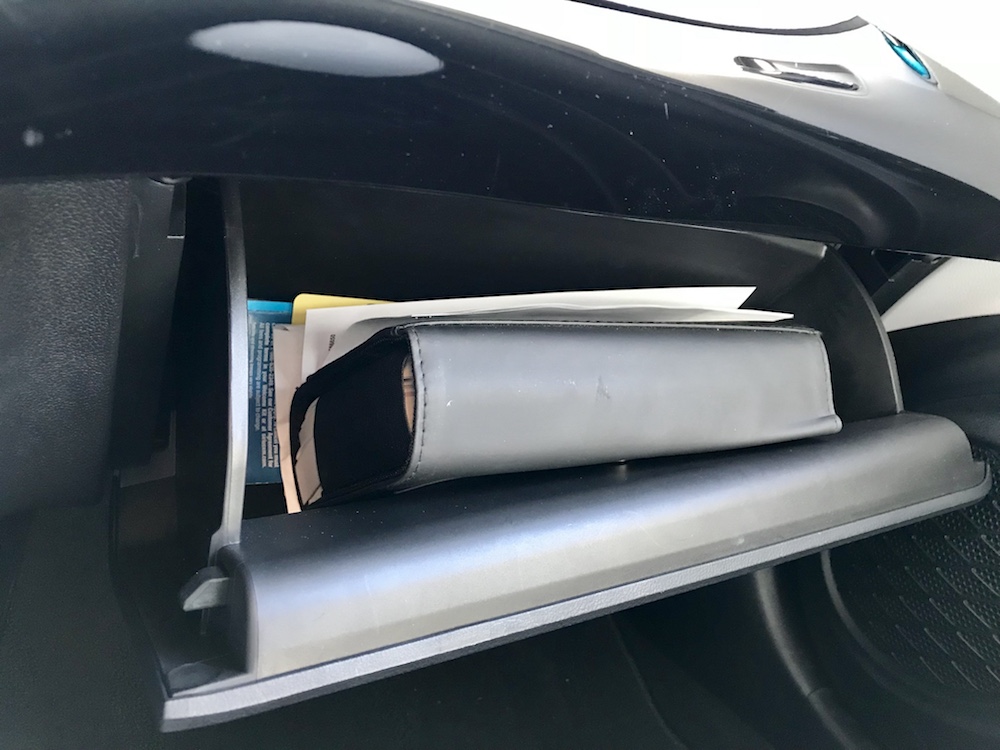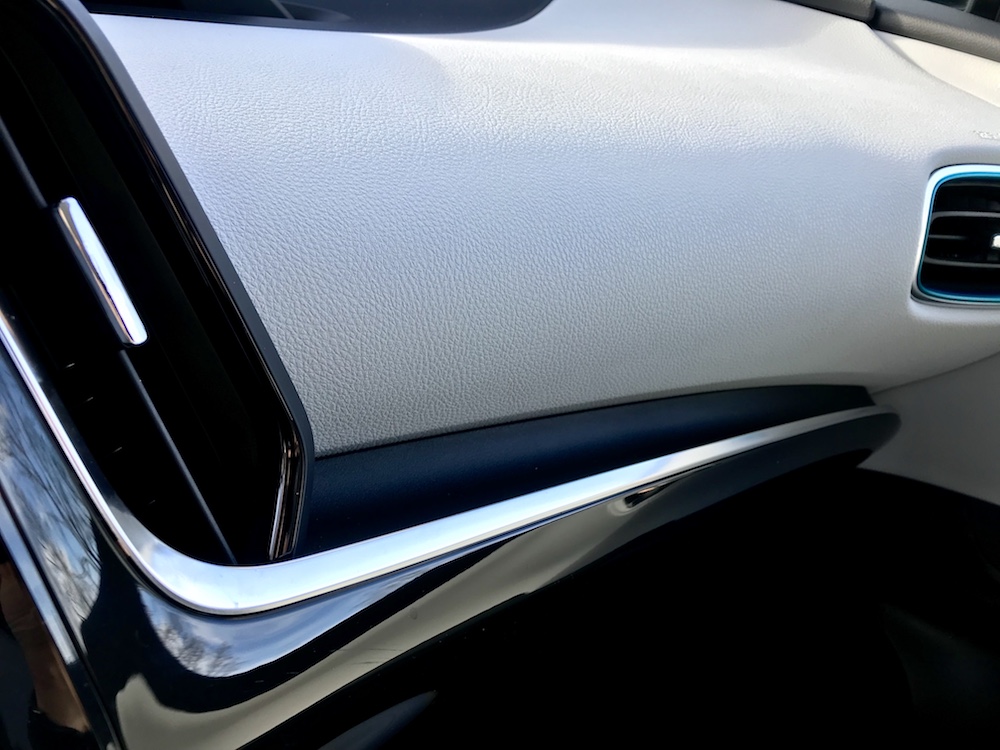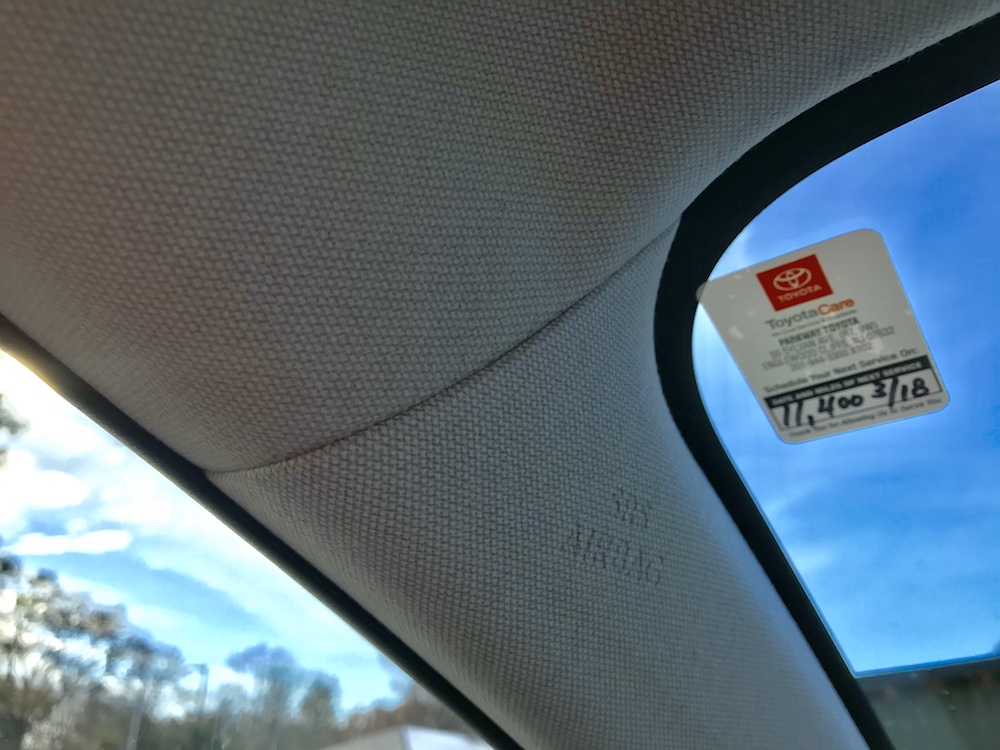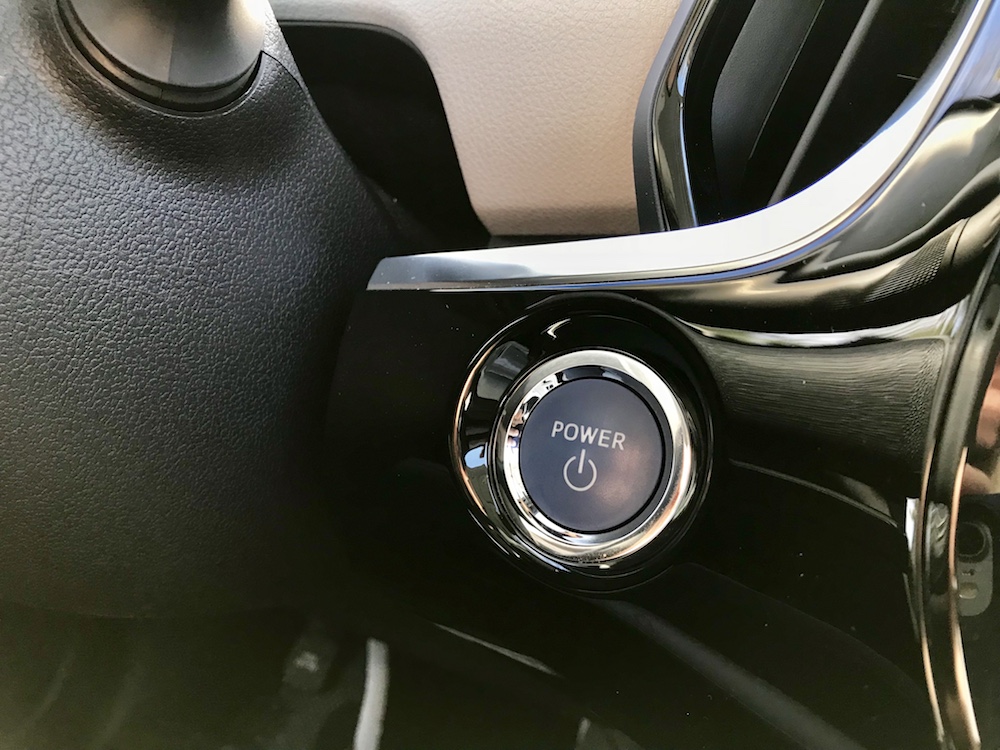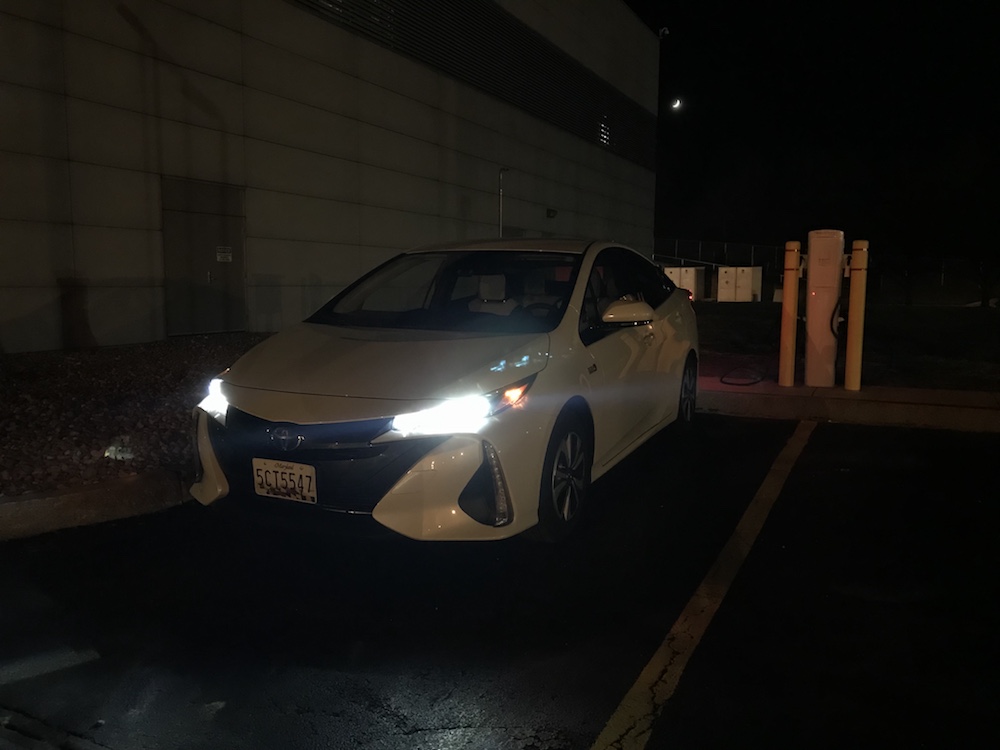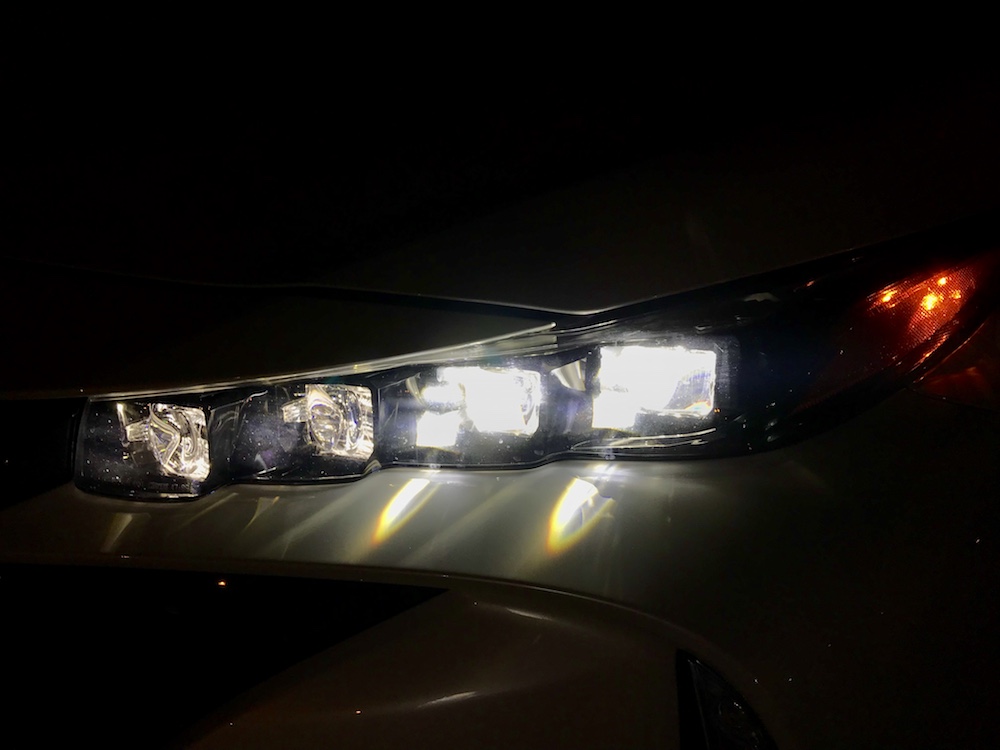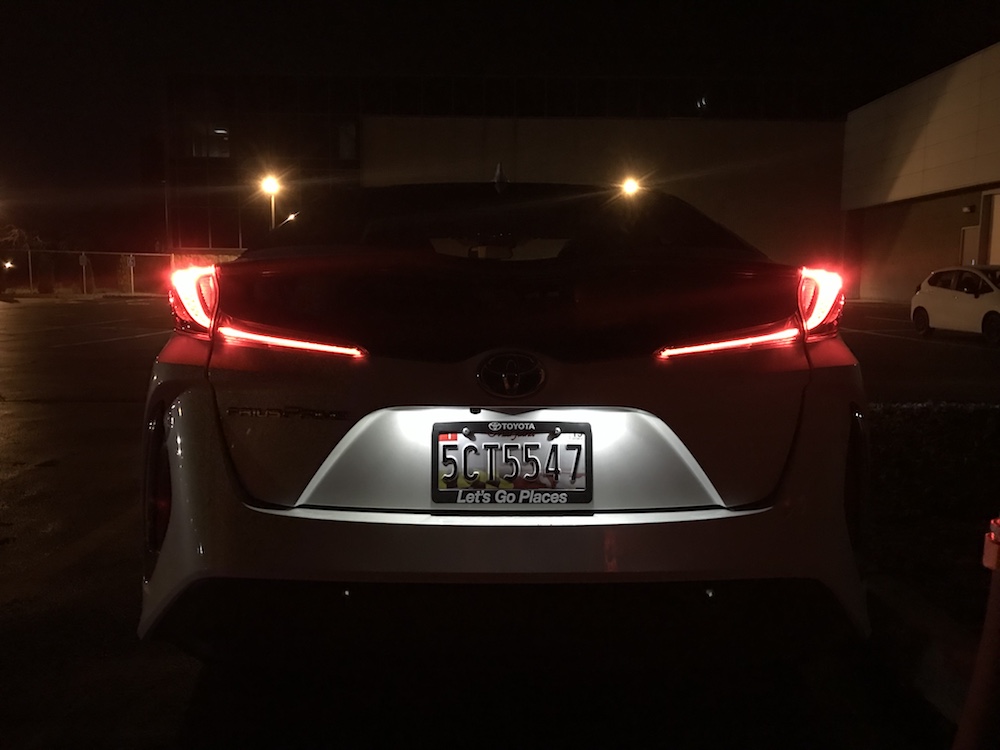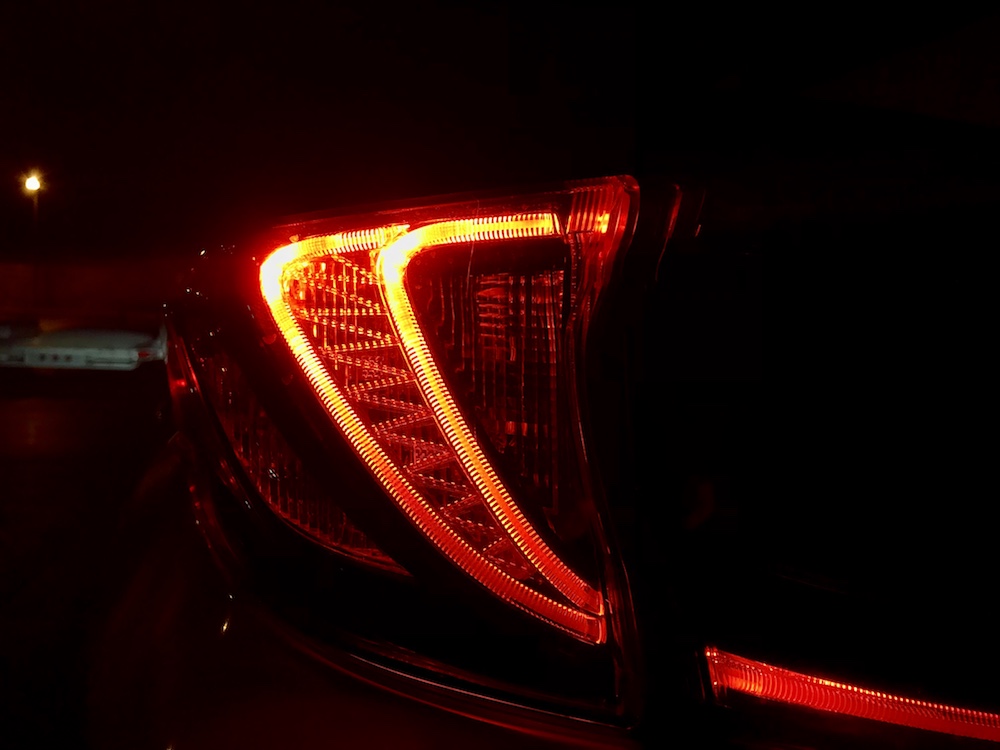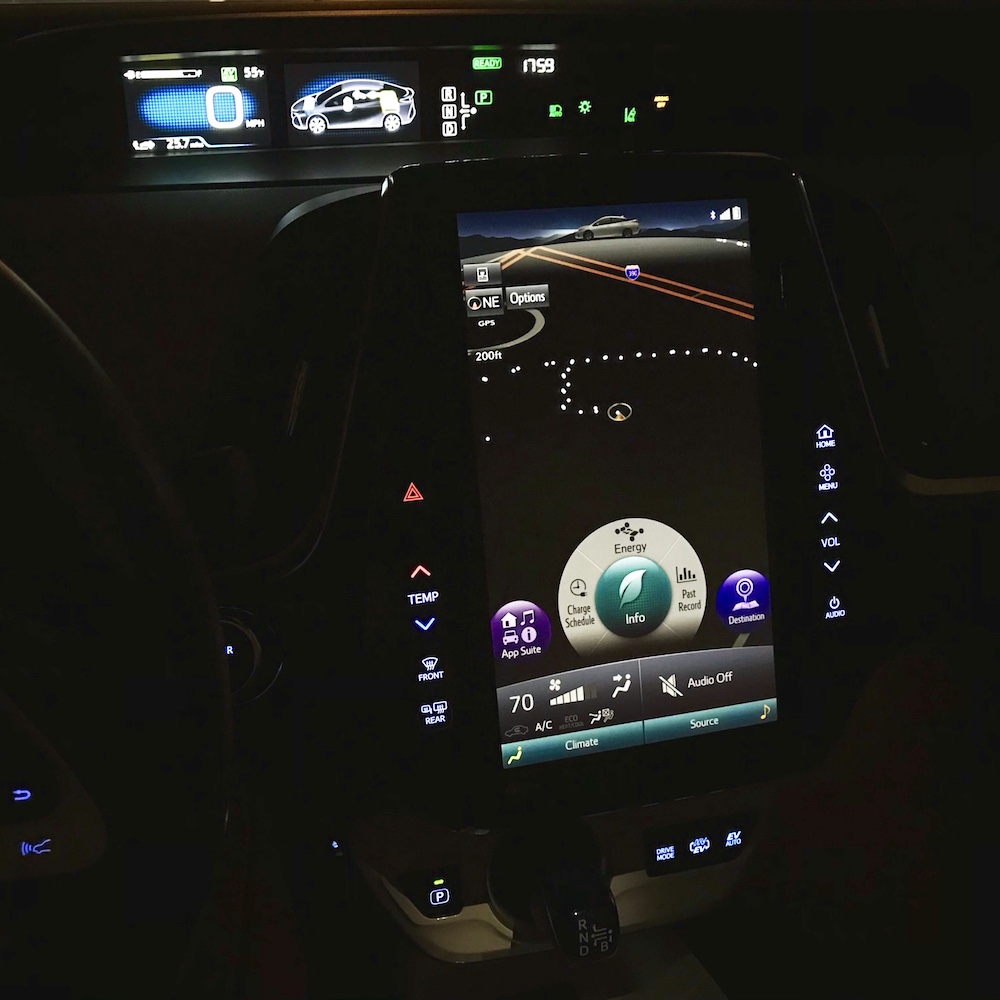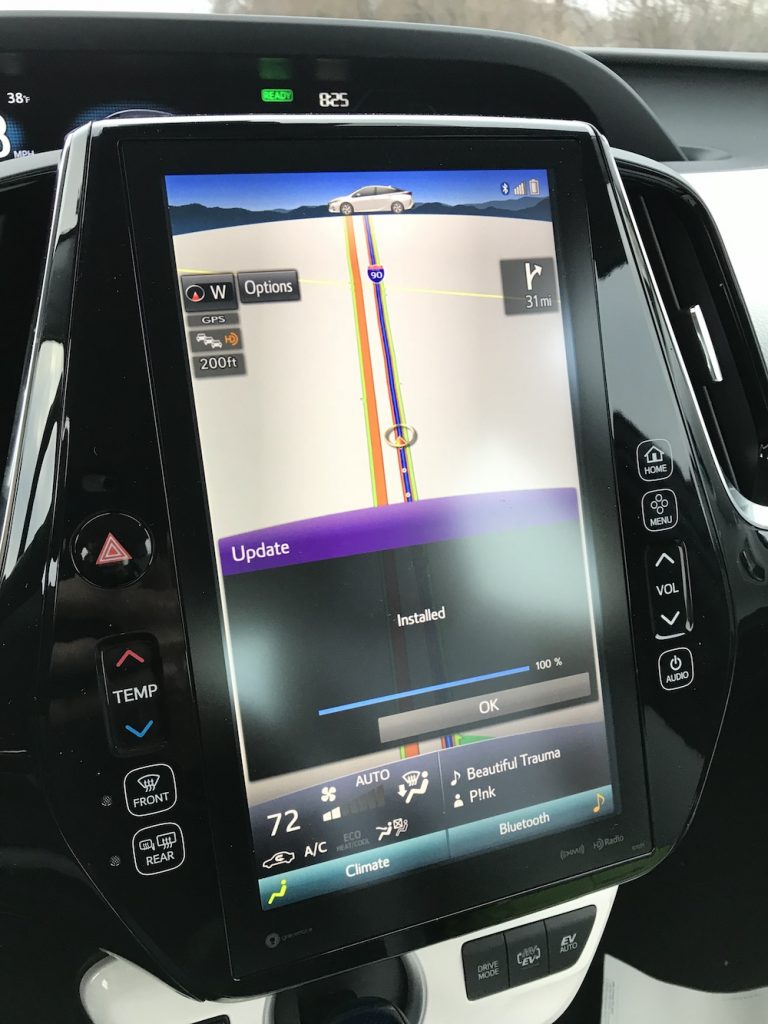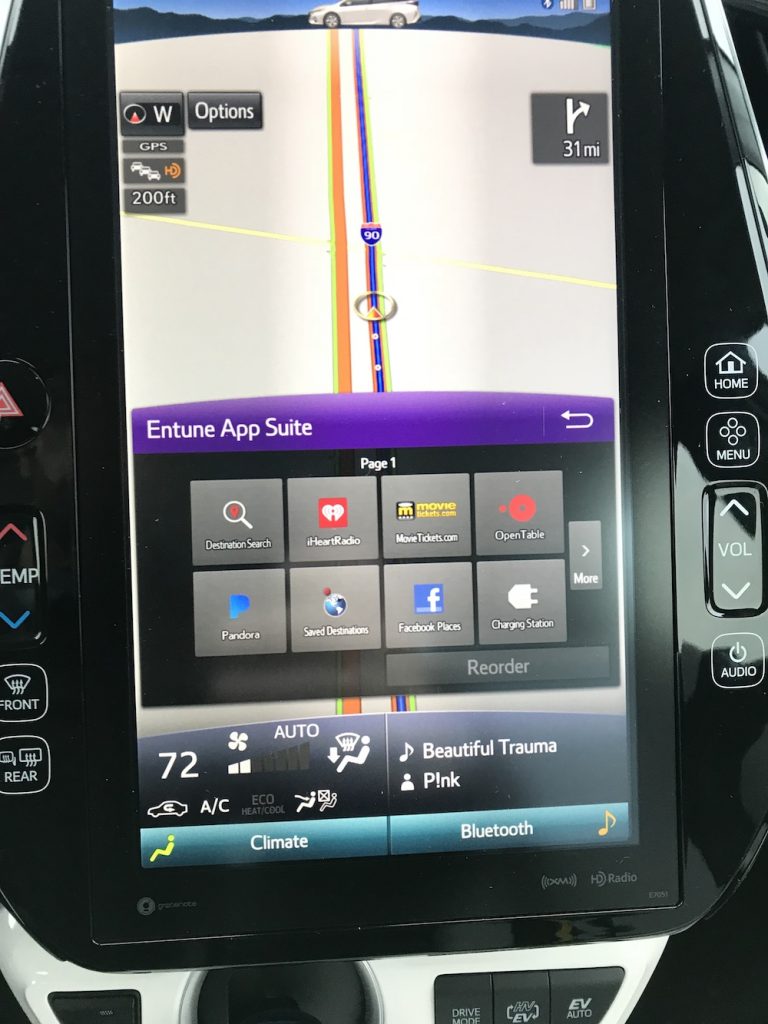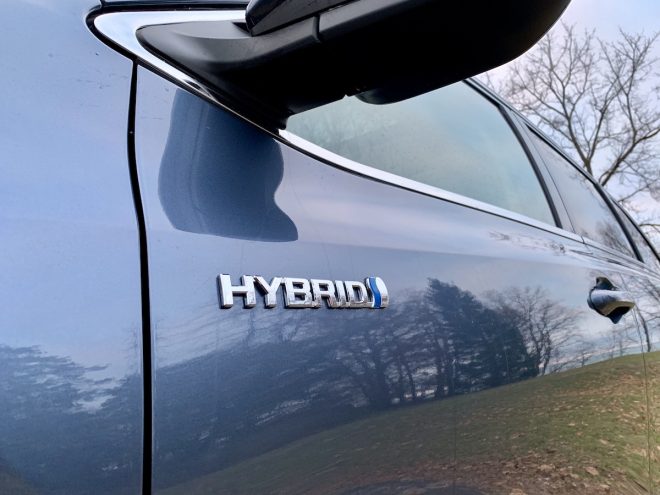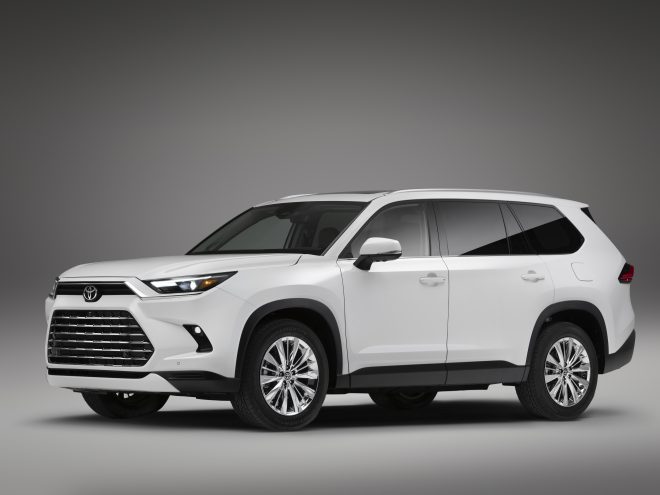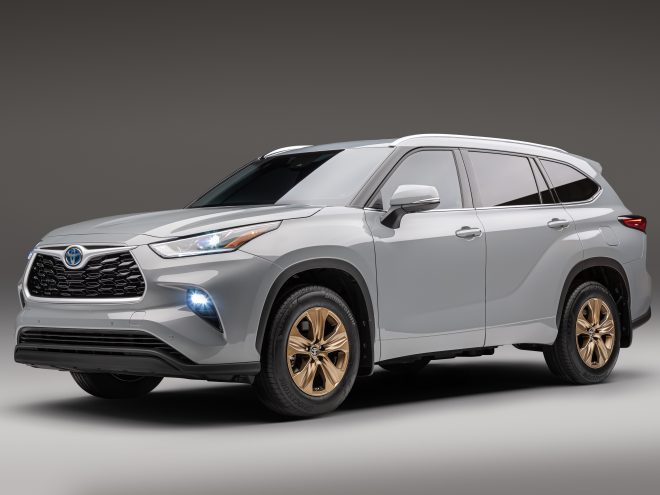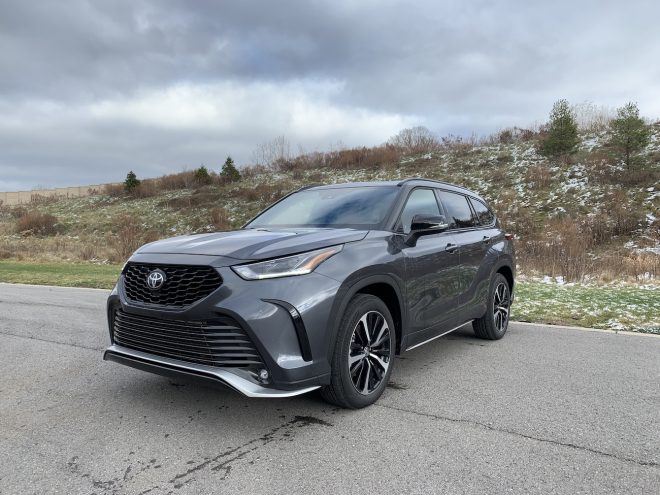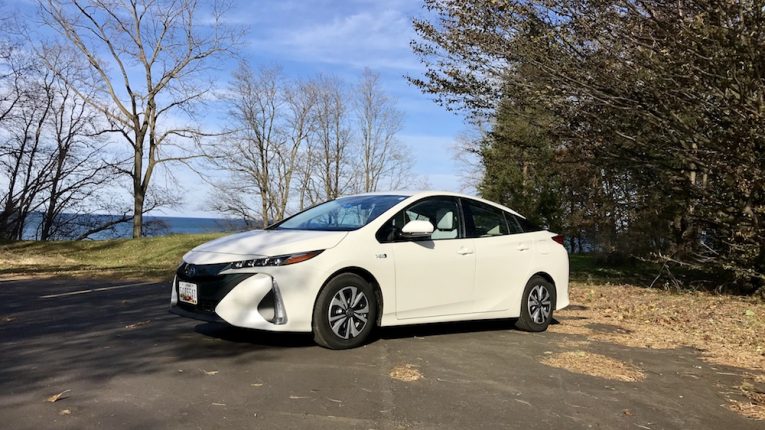
Road Test: 2017 Toyota Prius Prime
Toyota has been the leader of the hybrid powertrains world for nearly two decades now, offering the most efficient hybrid vehicles on the market. The first generation Prius Prime provided a little boost in efficiency with the larger battery pack and about 13 miles of entirely electric driving before the gas engine kicked in.
For 2017, Toyota redesigned the Prius Prime following the redesign of the regular hybrid Prius. Toyota went a bit further in the Prime’s redesign to give it a more aerodynamic and cooler design.
Design
If the 2017 Prius Prime looks like the future, it was purely intentional on the designers’ part. The new-generation Prius Prime is 2.4 inches longer, 0.6 inches wider and about an inch lower than its predecessor. The growth boosts cargo room over its predecessor and gives the Prius Prime a road-hugging stance.
The wind-cheating body and its high-strength/low weight structure are critical factors in the Prius Prime’s astoundingly low energy consumption. Its coefficient of drag is expected to be among the lowest for production sedans. Automatic grille shutters help reduce drag by closing when airflow to the radiator is not needed.
Yet the Prius Prime is no aero jellybean. It’s chiseled profile and edgy character lines seem to dare the wind to stand in its way. Energy-conserving quad LED headlights glow like diamonds cutting the night, and LED rear combination lamps leave an unforgettable nighttime signature. Driver visibility remains excellent, aided by a full-width aero glass panel over the rear spoiler and a standard backup camera. The distinctive aero rear window is eye-catching and adds to its slipstream character.
While giving the new-generation Prius models more features, Toyota kept vehicle weight in check by using aluminum for the hood, carbon fiber on the rear hatch, and by using high-tensile strength steel in other parts of the structure. In fact, the lightweight carbon fiber rear hatch makes opening and closing almost effortless.
Interior
The Prius Prime looks and feels far from frugal on the inside, where a four-seat cabin layout, with center console running front to back, makes it feel like something special. Practicality remains ever present, however, with standard 60/40 folding rear seatbacks. It’s a quiet cabin, too, thanks to the sound-insulating laminated windshield and front door glass and the optimized aero shape that helps keep wind noise where it belongs – outside.
Prius Prime coddles the driver and passengers with comfortable standard heated front seats, an automatic climate control system, and available SofTex synthetic leather trimmed seats. Our model featured a power driver’s seat with power lumbar.
The climate control system is quieter, thanks to an electric compressor, and it’s smarter, focusing airflow only to areas where occupants are seated in order to help maximize fuel economy and comfort. The climate control system can also operate without the engine on, with a heat pump that allows the system to cool or heat the cabin while driving in EV mode. The driver can activate the remote air conditioning system with an available key fob or smartphone app to cool the interior before entering the cabin.
Space in the rear is good for a 6-foot tall adult, and the cargo area is quite large with the lift back opening.
Tech
The centrally mounted gauge panel, a Prius hallmark since the model’s inception, appears to float above the dashboard. The panel features dual 4.2-inch full-color multi-information displays, and the driver can change their content by using steering wheel controls.
The display provides a multitude of readouts for hybrid energy information and more, and the driver can choose how much information to view. Want to cut the cord? With available wireless cell phone charging for Qi-compatible devices, just place your Qi-compatible devices on the console pad to charge it wirelessly.
Sound and vision inside the Prius Prime likewise meet the standard of “prime.” Toyota equipped this top Prius with its top Entune multimedia system and made it all accessible through a new and exclusive 11.6-inch HD tablet display. The navigation graphics look simply stunning, and intuitive touch controls make operation a snap.
Prius Prime will also offer an exclusive suite of Prius Prime Apps, allowing you to remotely manage your vehicle’s charging schedule and status, locate charging stations, track and compare your eco driving score with others on social media, remotely control the vehicle’s climate system, and more – all from your smartphone. It’s advanced eco at your fingertips.
There’s a USB 2.0 port, advanced voice recognition and hands-free phone capability, phonebook access and music streaming via Bluetooth. For iPhone users, Siri Eyes Free mode adds yet another in-car assistant.
The Entune App Suite adds yet more music sources, including Slacker Radio, iHeartRadio and Pandoraas well as Destination Search, MovieTickets.com, OpenTable, Facebook Places, Yelp plus real-time traffic, weather, fuel prices, sports and stocks. Access to Entune services is subscription-free.
Performance
Prius Prime is rated 133 MPGe, or miles per gallon equivalent. Think about it, 133 MPG–that’s incredible!
We managed to drive the Prius over a two-week period with a holiday mixed in, and remained on the same tank of gas that the car was delivered with. Between home charging and charging at the office using a level 2 charger, we managed to commute daily using mostly electrons.
With temperatures dipping into the 20s and low 30s, the use of the electric heater and heated seats often took a chunk of that energy. But a benefit of an electric heater is nearly instantaneous heat! A boon for winter driving.
Not to be overshadowed by all the electrical magic, the Prius Prime’s gasoline engine also plays a starring role in that efficiency. The 1.8-liter Atkinson-cycle, 4-cylinder engine – the same as in all 2016 Prius hybrid models – earns a groundbreaking 40 percent-plus thermal efficiency. Most modern automobile engines reach about 25-30 percent. Myriad details throughout the hybrid powertrain contribute to the efficiency, including an exhaust gas recirculation (EGR) system with a cooler, smaller, lighter, quieter hybrid system water pump and an exhaust heat recirculation system that speeds engine warm-up.
Both the standard Prius hybrid and the Prius Prime are powered by Toyota’s Hybrid Synergy Drive powertrain, which seamlessly combines the output of the gasoline engine and electric motor through a planetary-type continuously variable transmission. The biggest difference is that the Prius Prime can be plugged in at home to recharge its larger 8.8kWh battery pack.
In Hybrid mode, the Prius Prime can run on the gasoline engine or electric motor alone or a combination of both. Even when not running in EV mode, the Prius Prime will automatically rely more on its electric capability in situations where it is more efficient than running the gasoline engine, especially in urban and suburban driving and during shorter trips.
The Prius Prime will also feature a Toyota-first dual motor generator drive system, using both the electric motor and the generator for drive force, helping to boost acceleration performance. Regenerative braking recaptures electrical energy under deceleration and braking and stores it in the battery, which helps to reduce fuel consumption.
Even better, there’s no special equipment for home charging. Just use the supplied cord and the Prius Prime takes approximately 5.5 hours using a standard household outlet. Charging takes less than half the time with a 240V source.
The Prius Prime will please anyone who wants to reduce trips to the gas pump, and it would make a great road trip car, too. The Prius Prime will allow drivers to stay in EV mode in more situations, helping to enhance vehicle range on one tank of fuel. You can plug it in, gas it up, or both. On one 11.3-gallon tank of regular-grade gasoline and a full electric charge, the 2017 Prius Prime anticipates a class-leading estimated total driving range of over 600 miles.
Conclusion
Prius Prime has a loyal following that will be happy with the added EV range, technology, and design updates. The additional range also makes it a great alternative to anyone considering a plug-in commuter car with a range-extending gas engine, a safe alternative for those who don’t want to go entirely EV or don’t want to rely on another vehicle for longer distance trips.
| Summary Scorecard (1-10) | |
| Ride and Handling | 8 |
| Braking | 9 |
| Powertrain and Fuel Economy | 10 |
| Noise | 9 |
| Headlights | 10 |
| Interior Fit and Finish | 10 |
| Seating | 8 |
| Visibility | 10 |
| Gauges and Controls | 9 |
| Infotainment | 7 |
| Crash-Avoidance | 10 |
| Total Score | 91 |
—
Facts
Make: Toyota
Model: Prius Prime
Trim Level: Premium
Engine: 1.8L Hybrid
Transmission: CVT
Options: Special paint
—
Base Price: $28,800
As-Tested Price: $30,060
